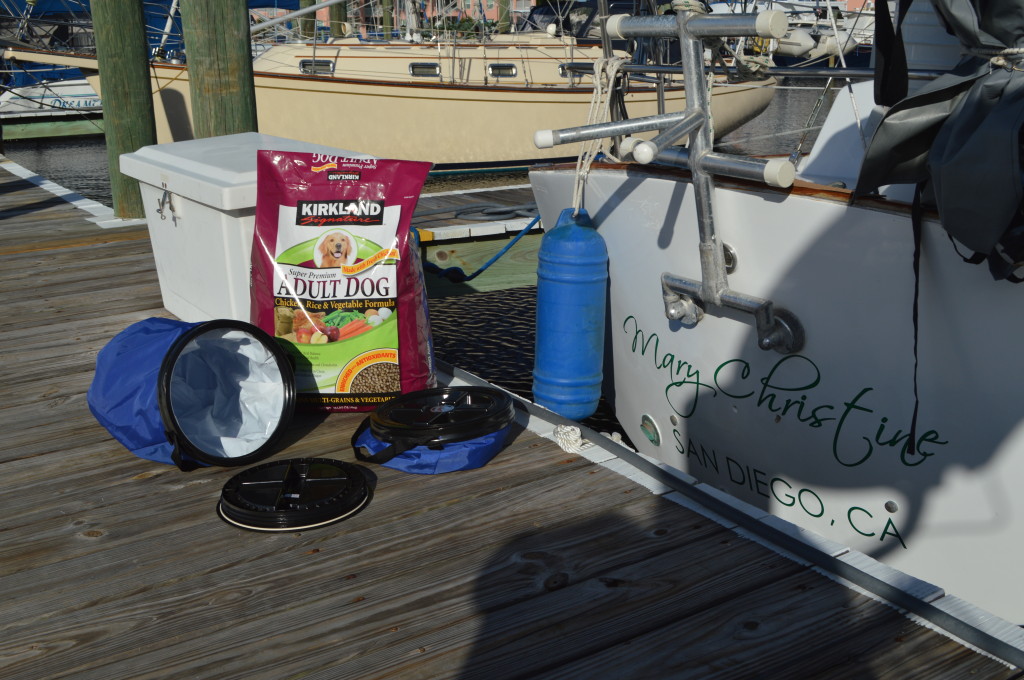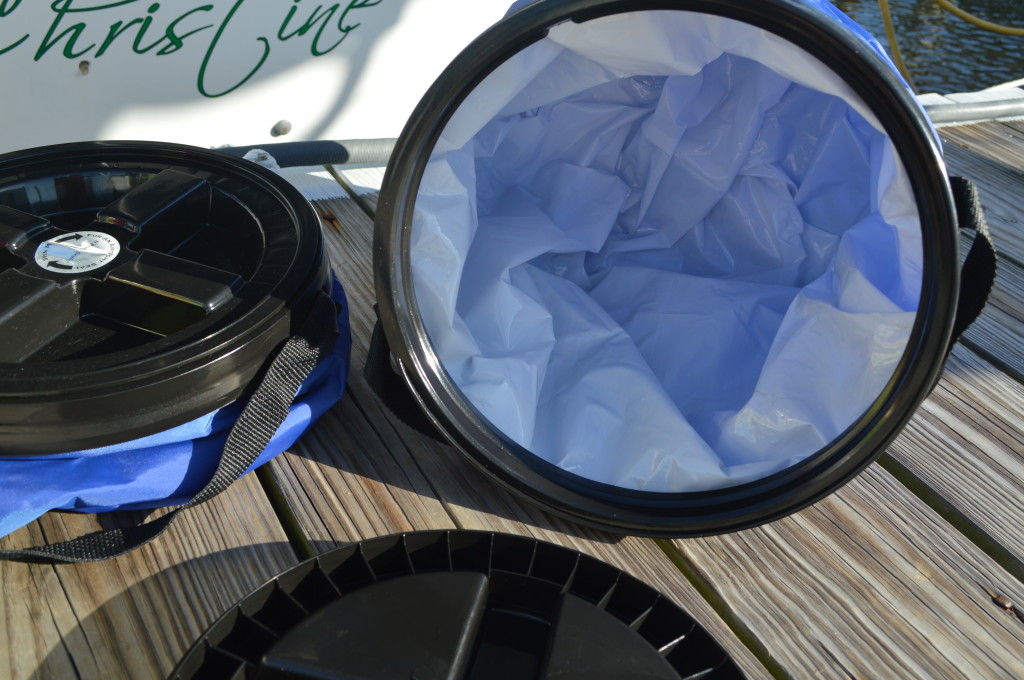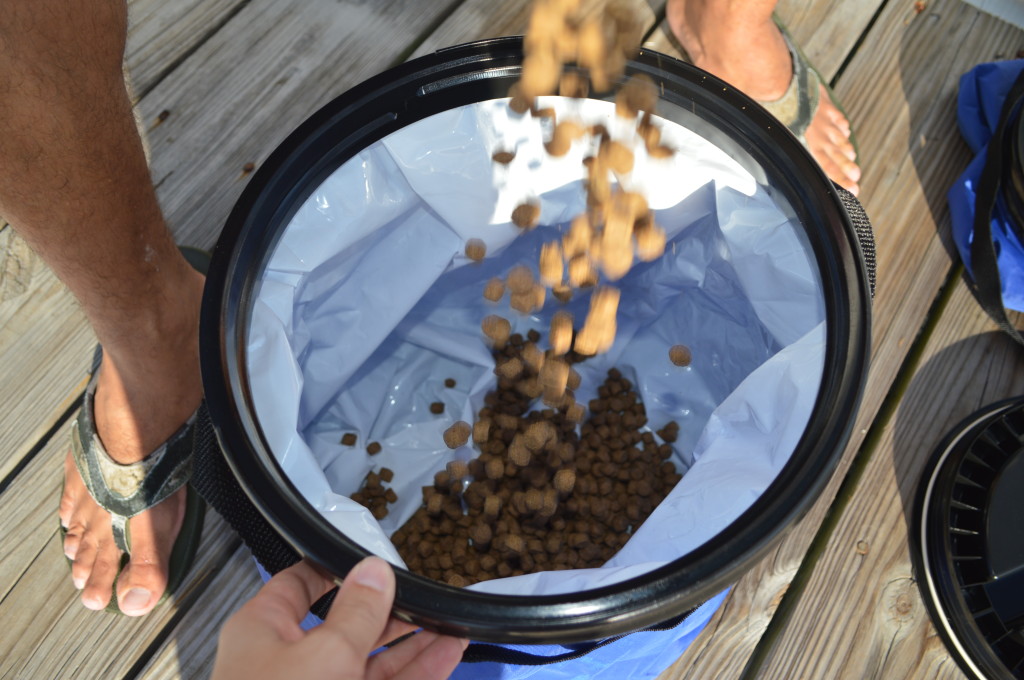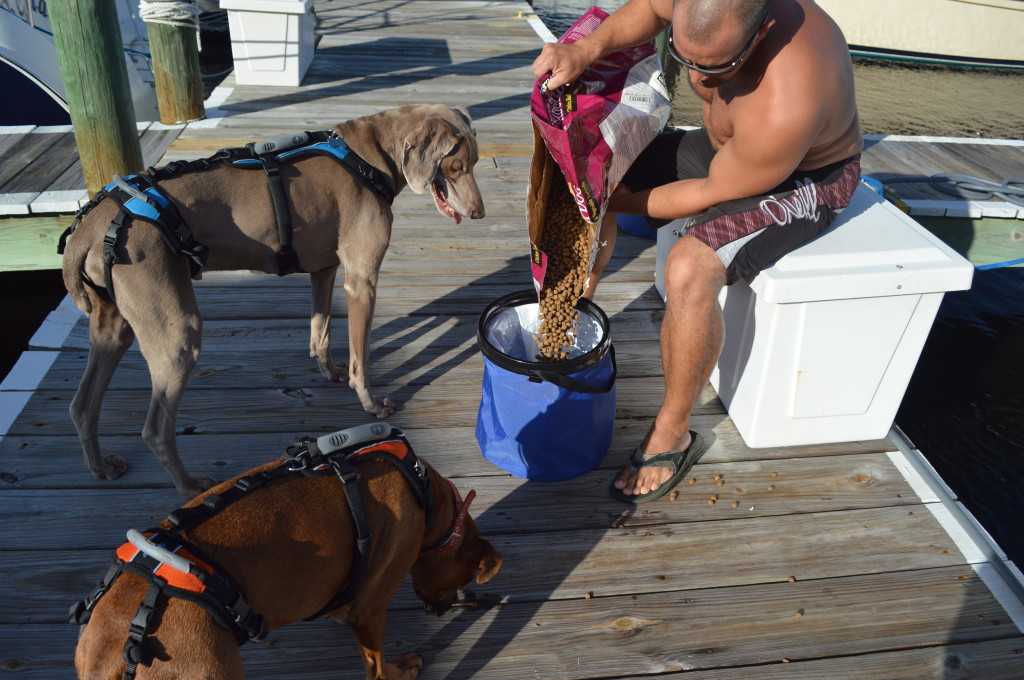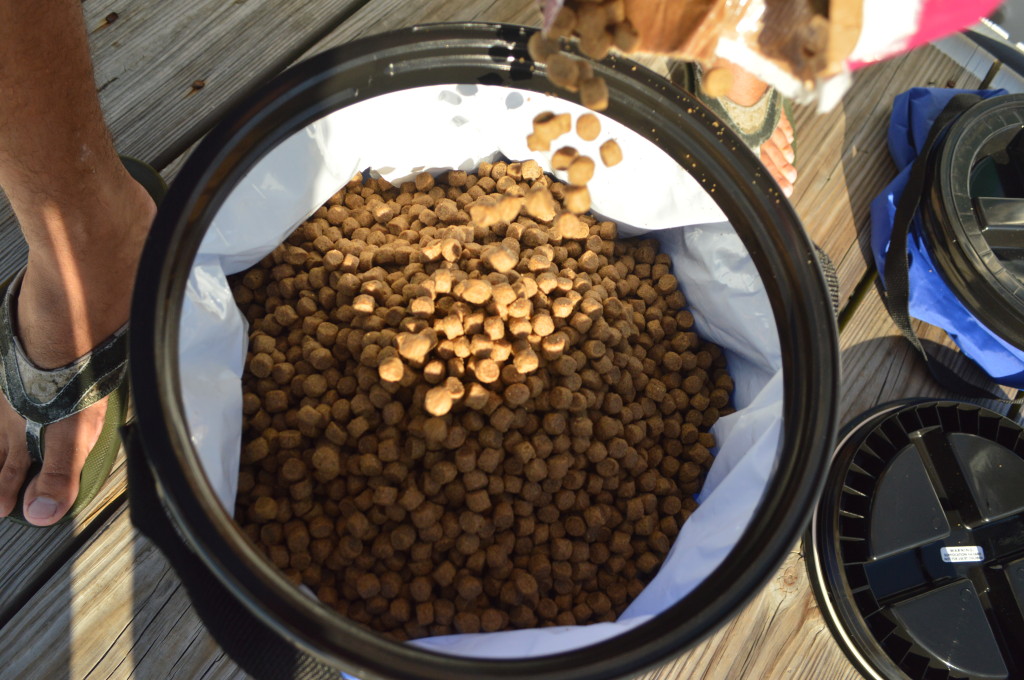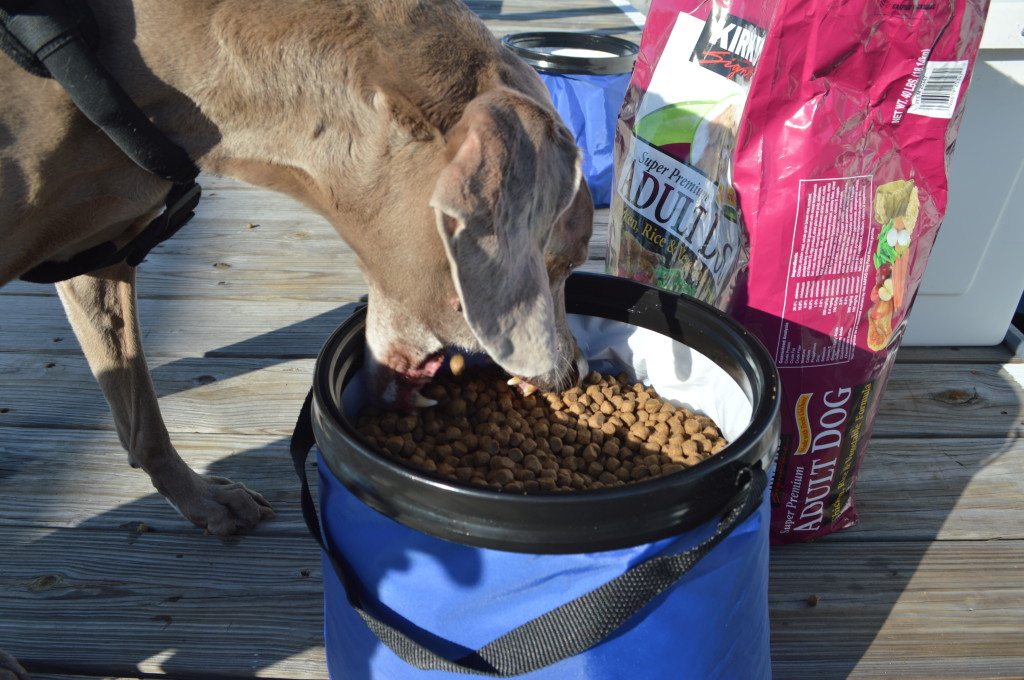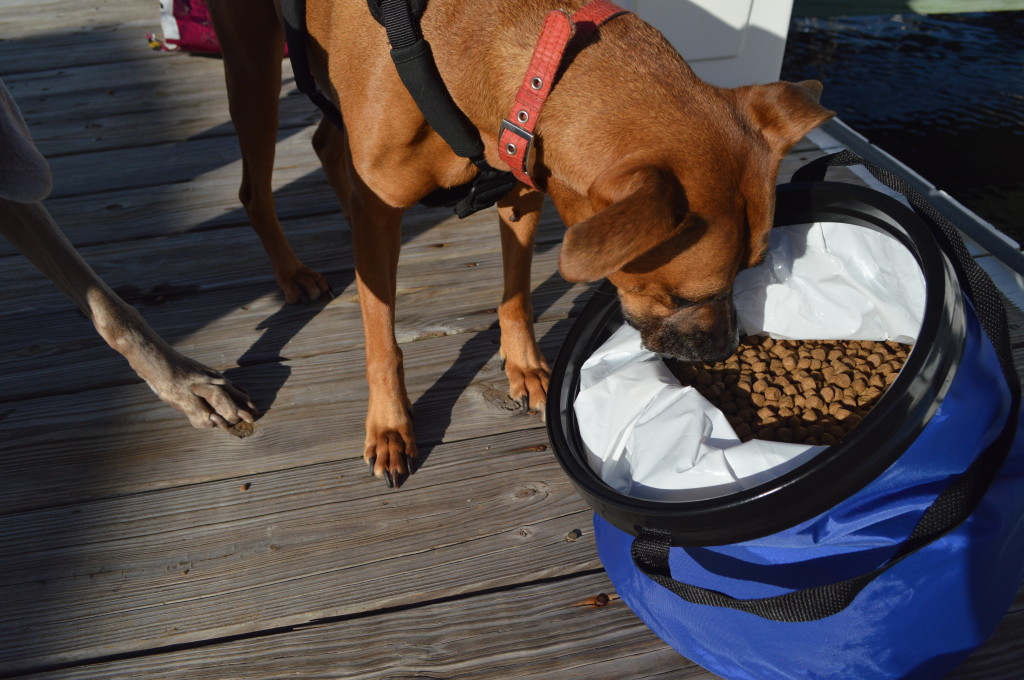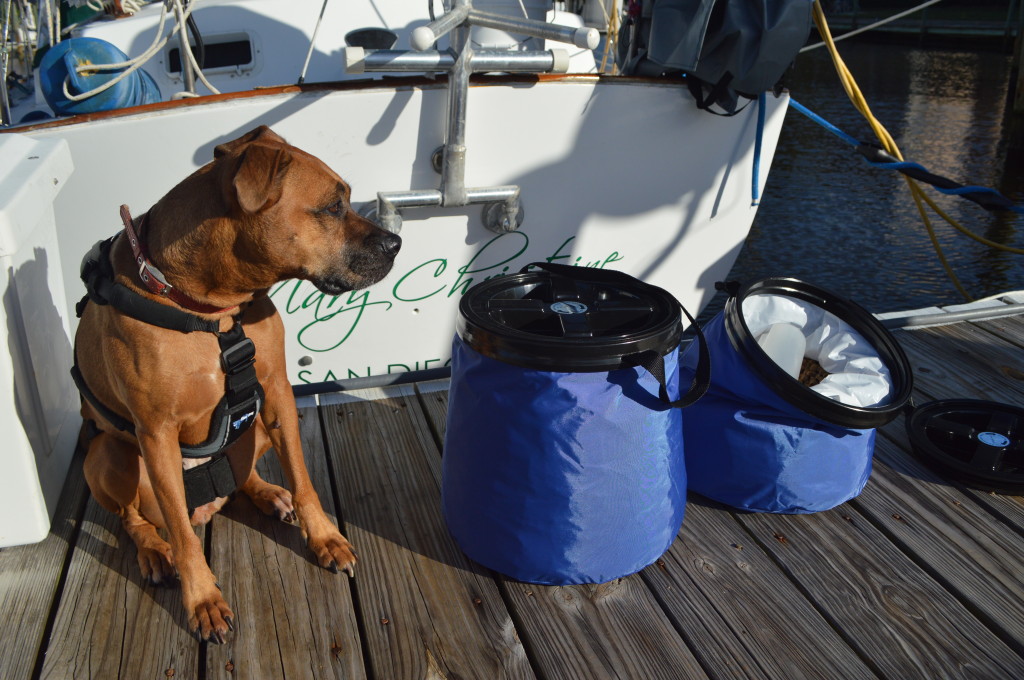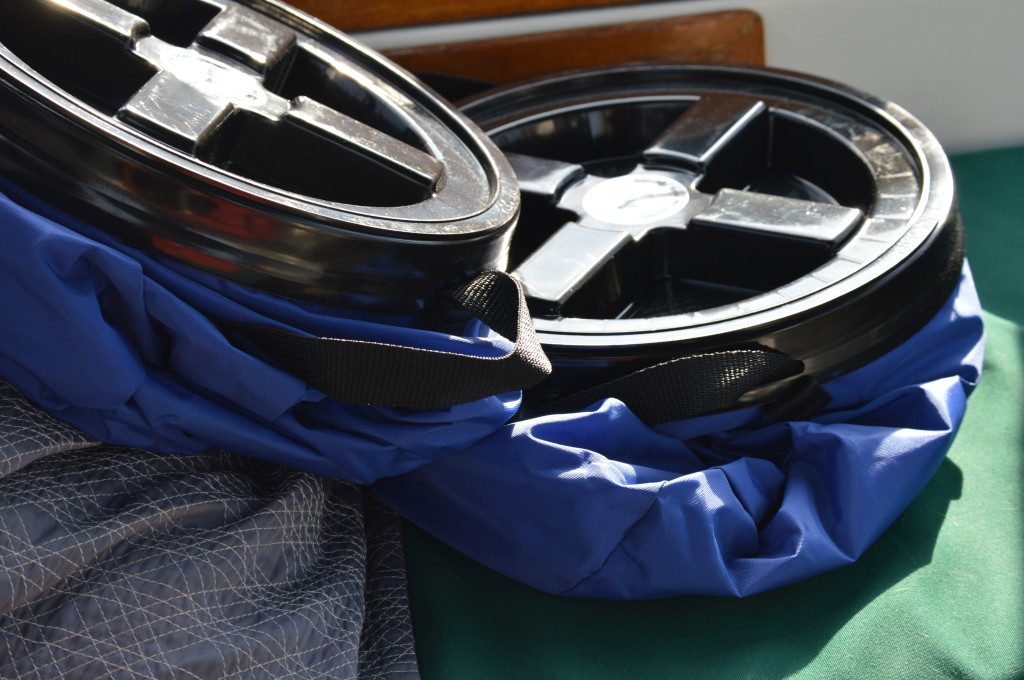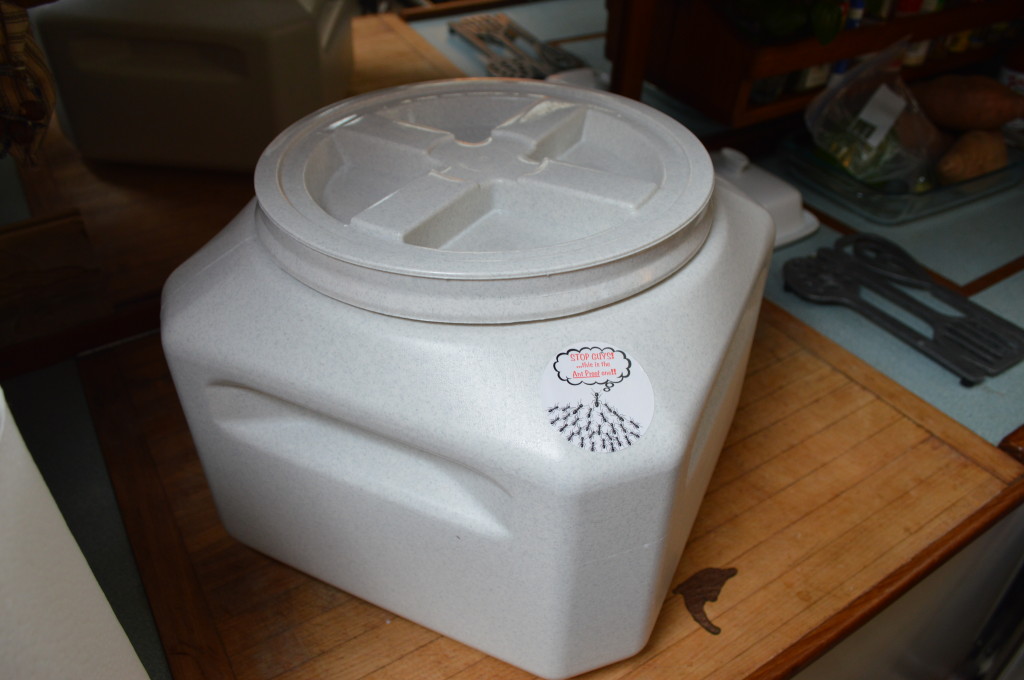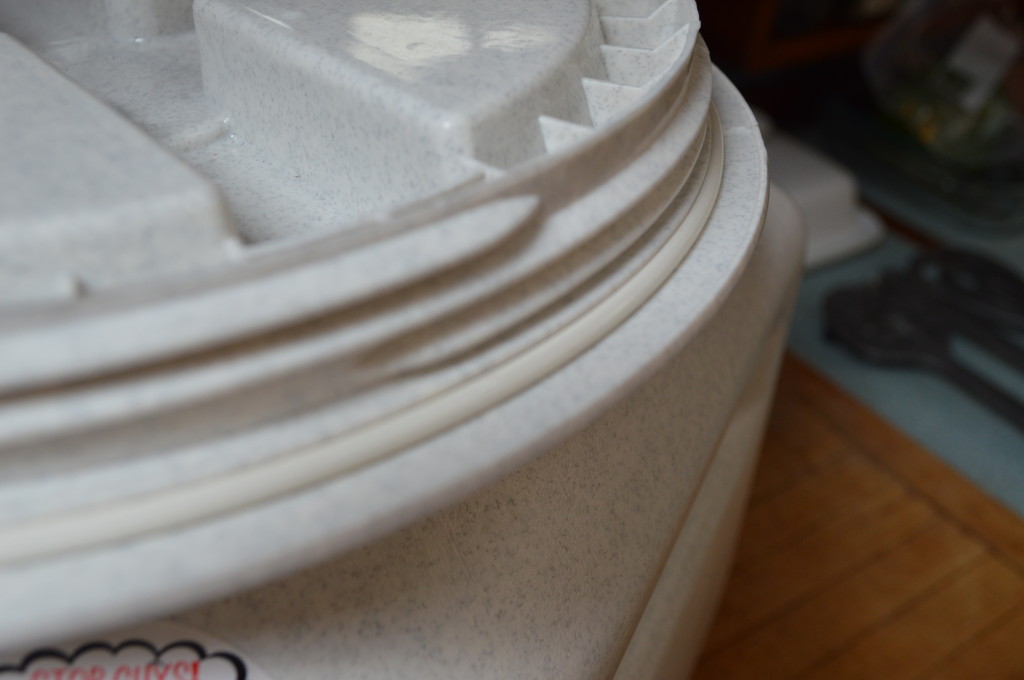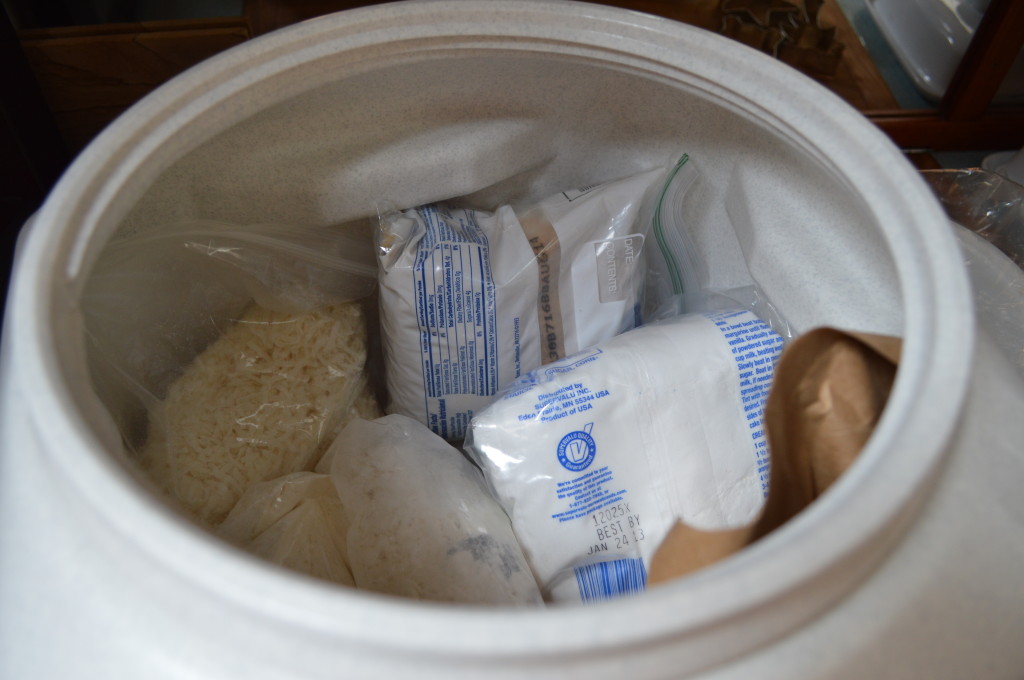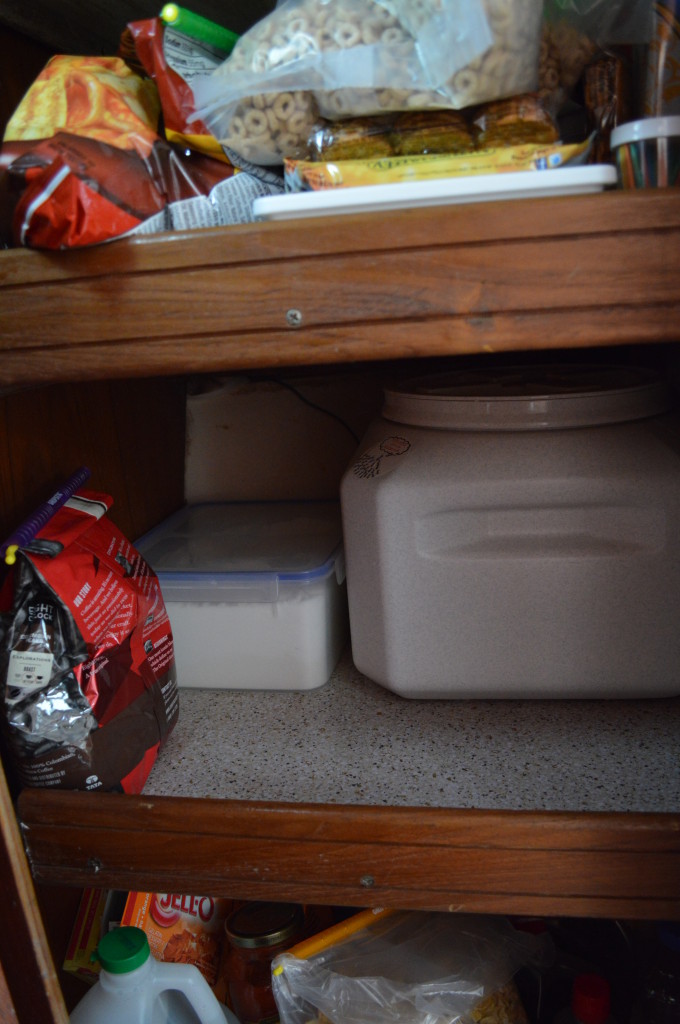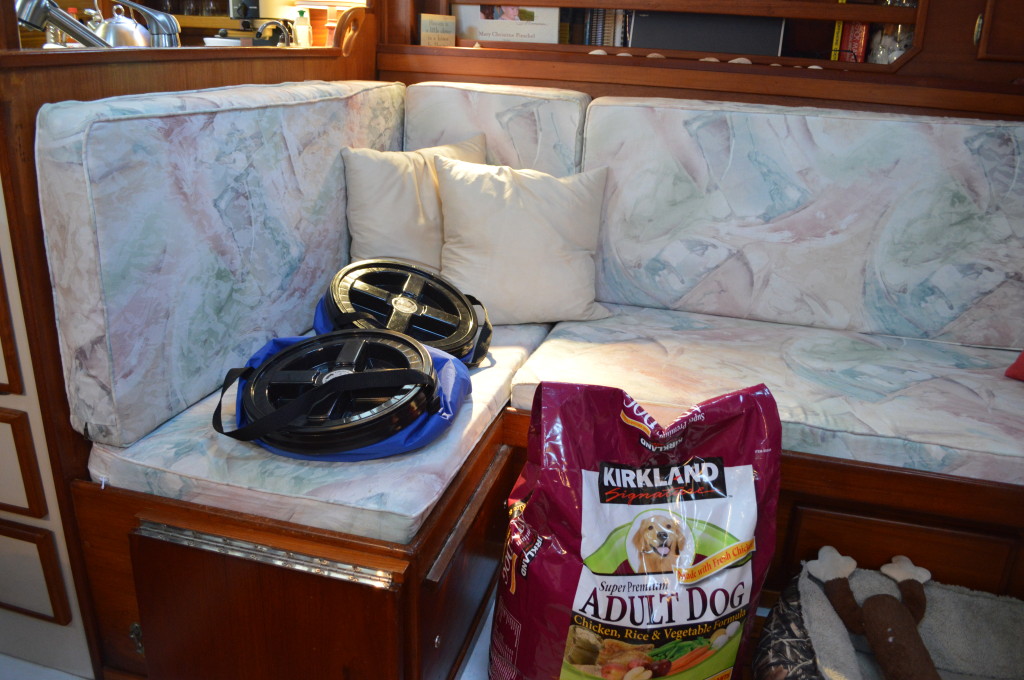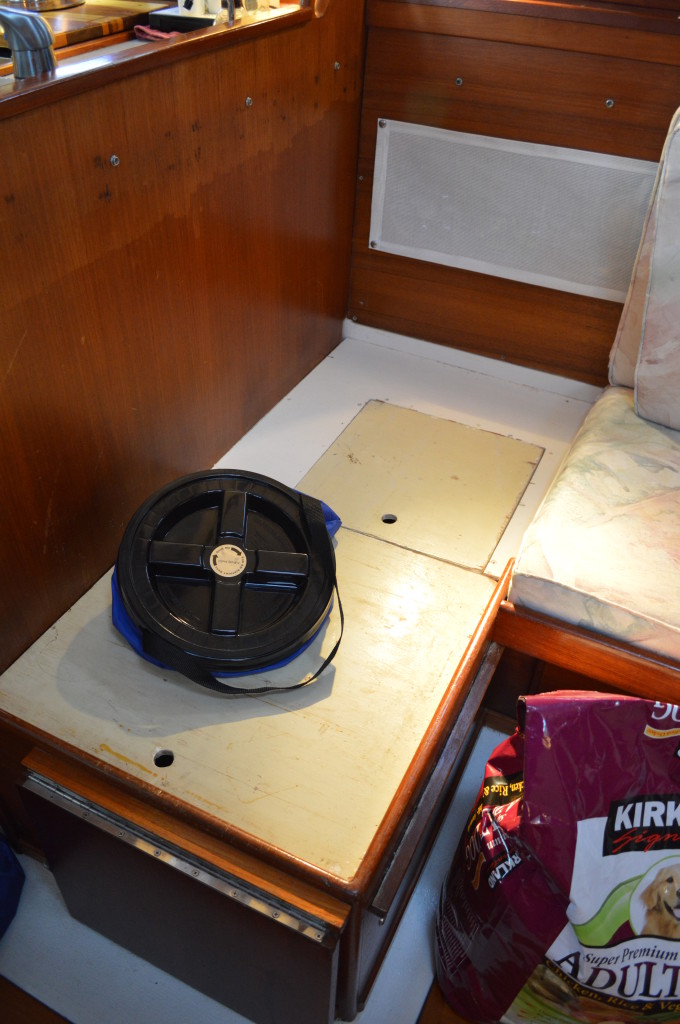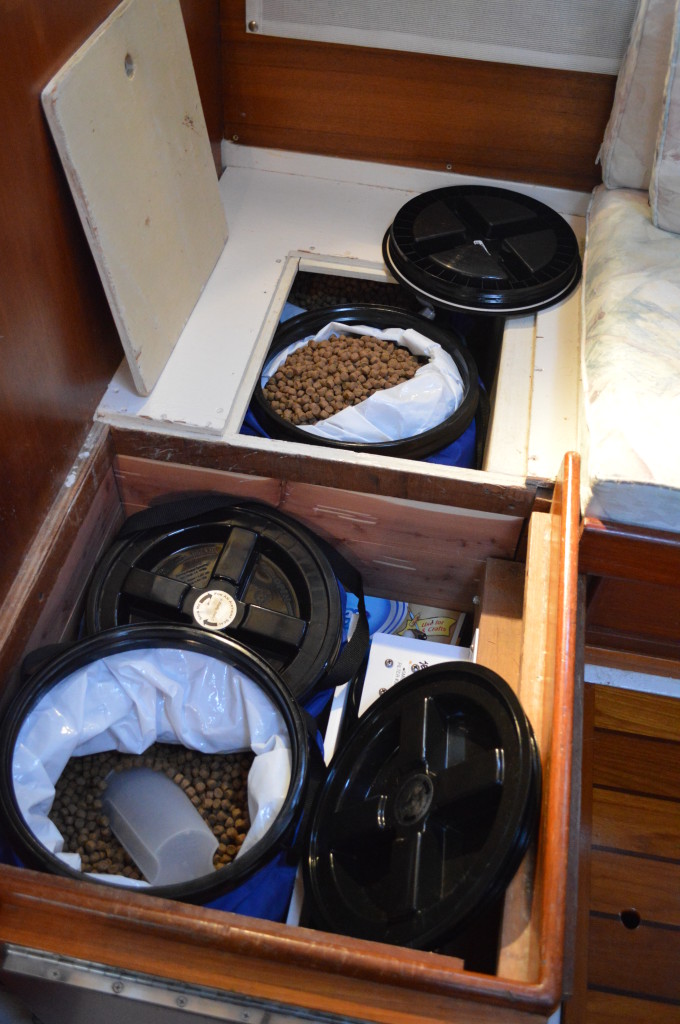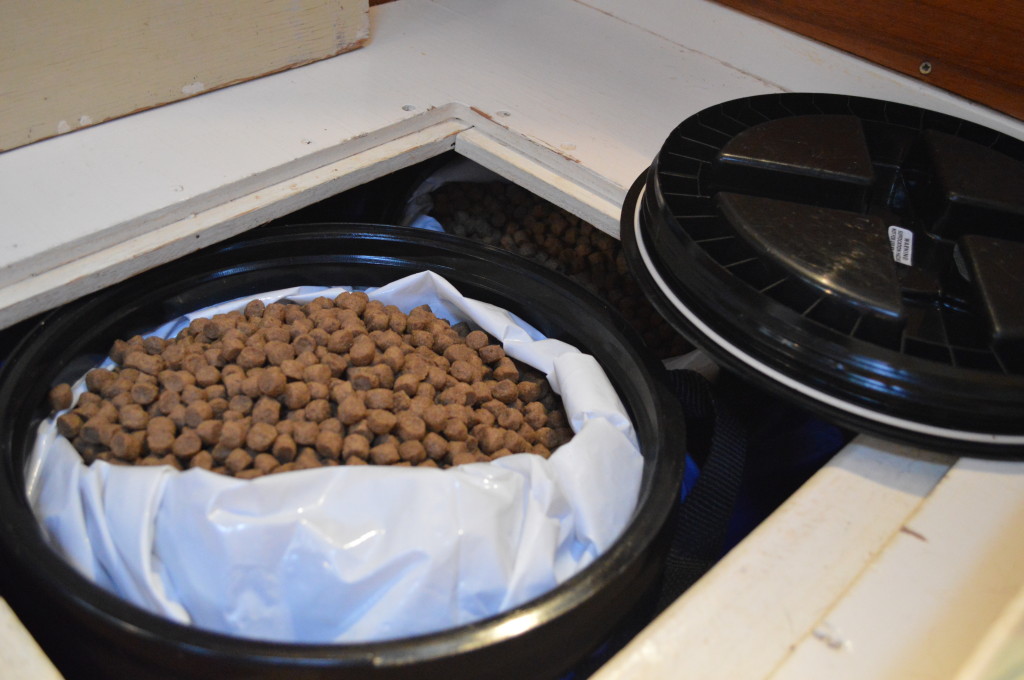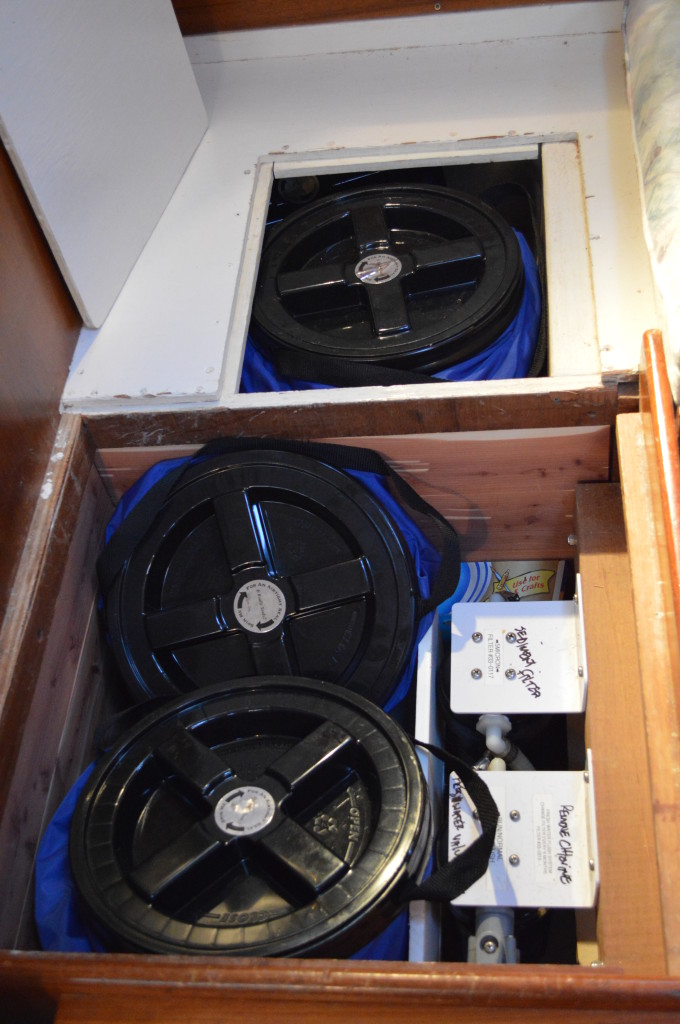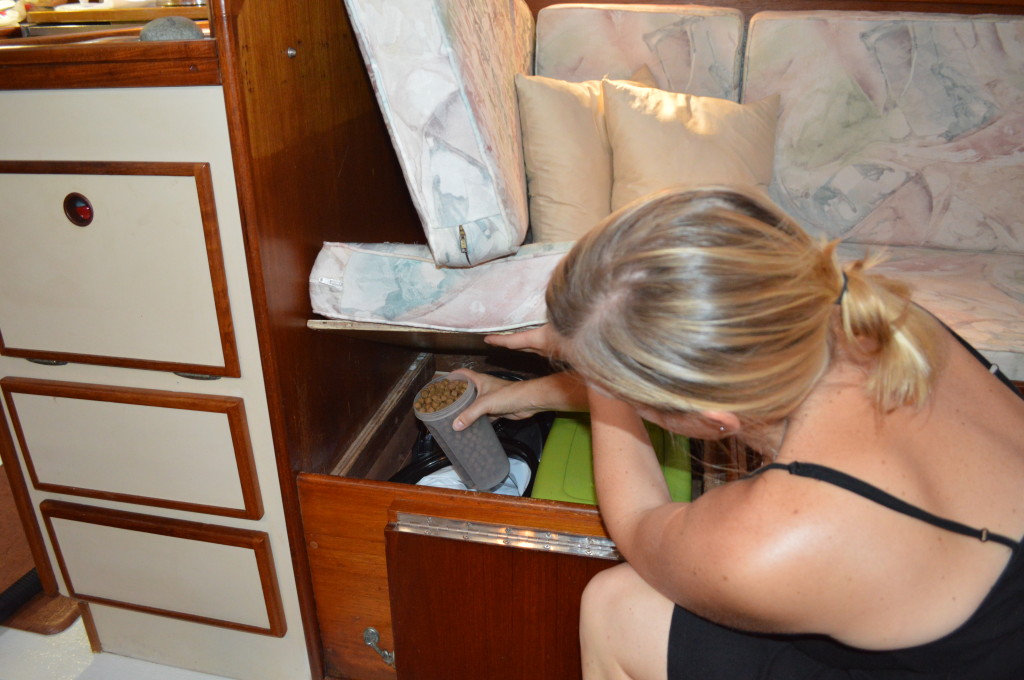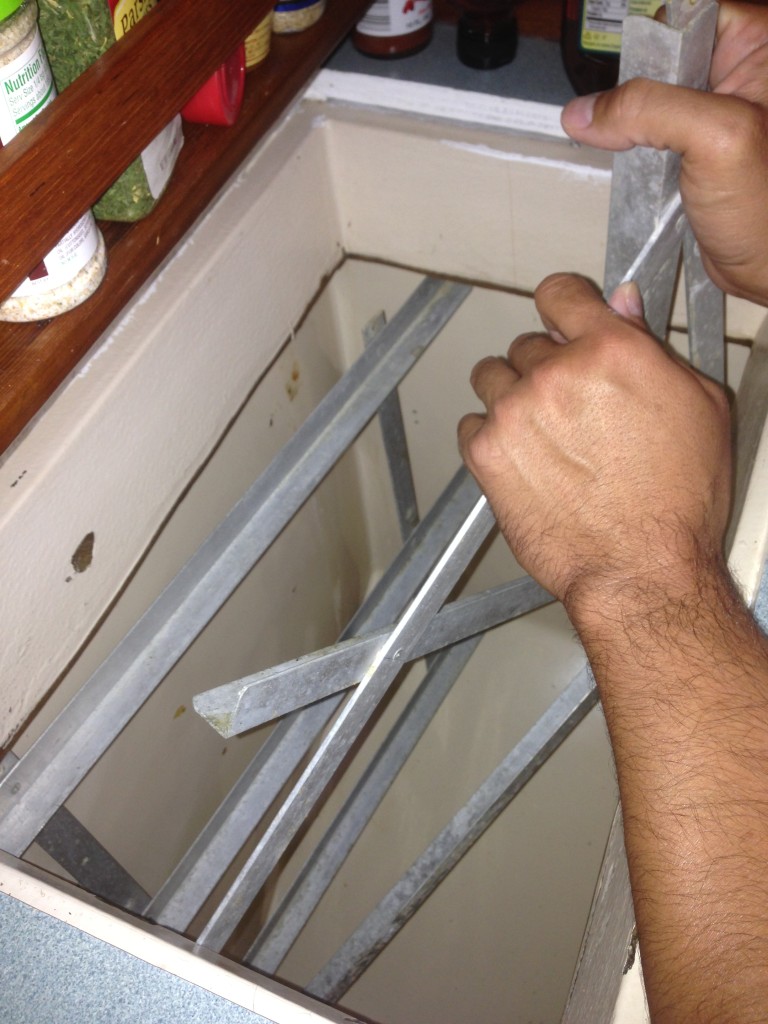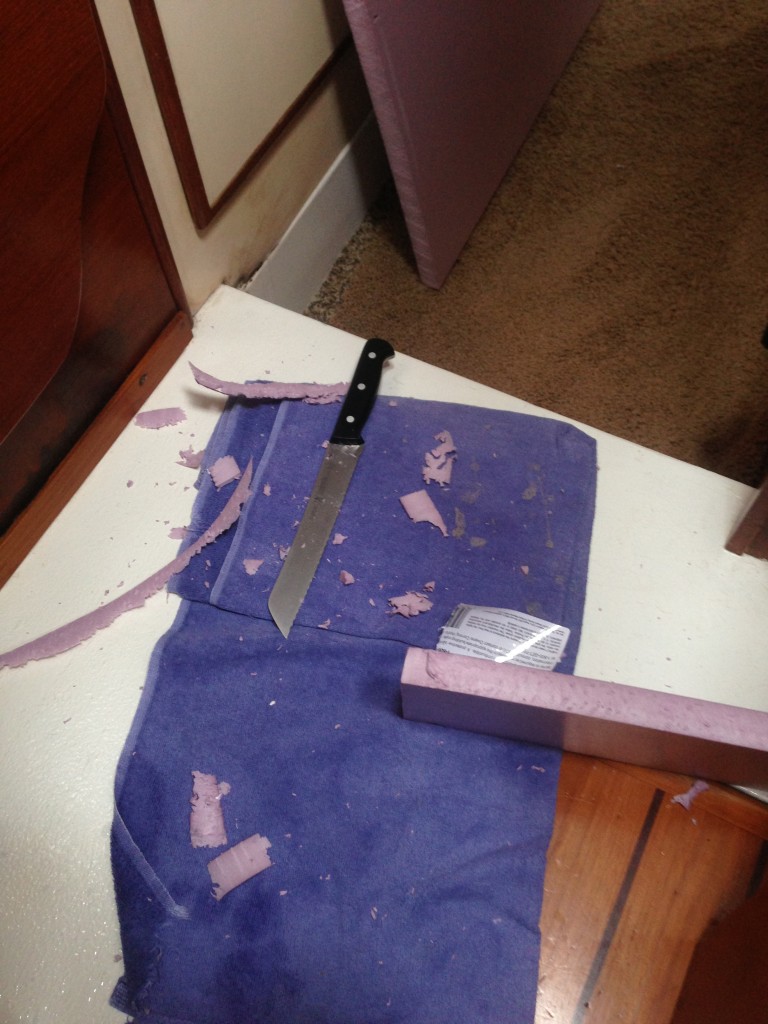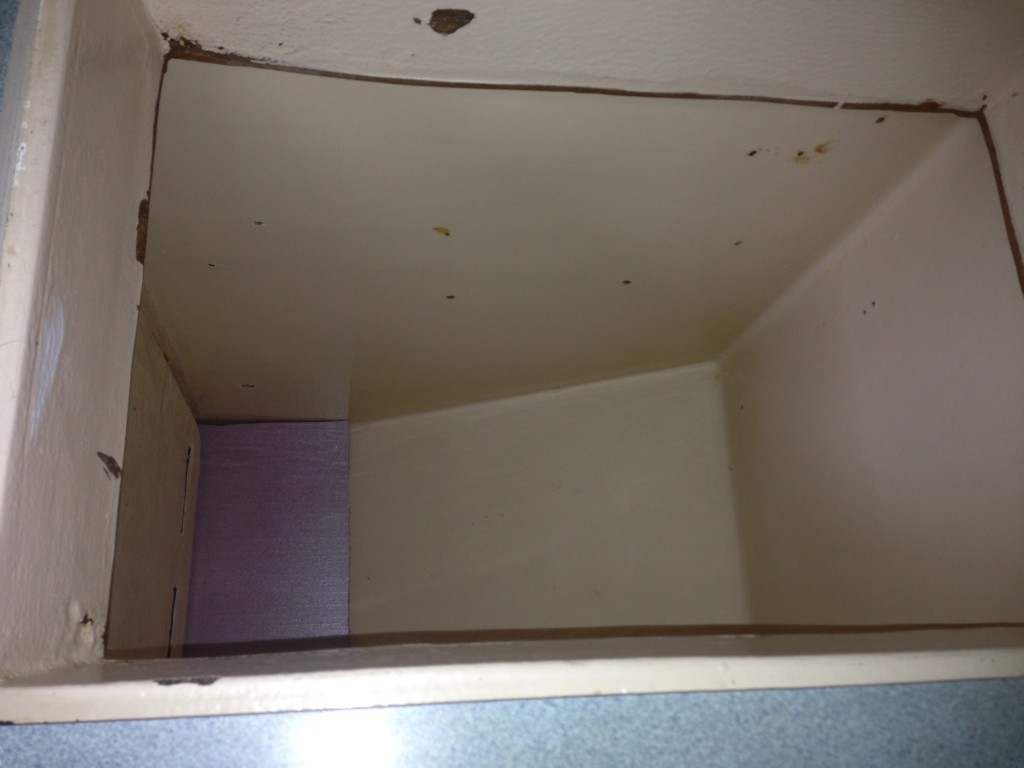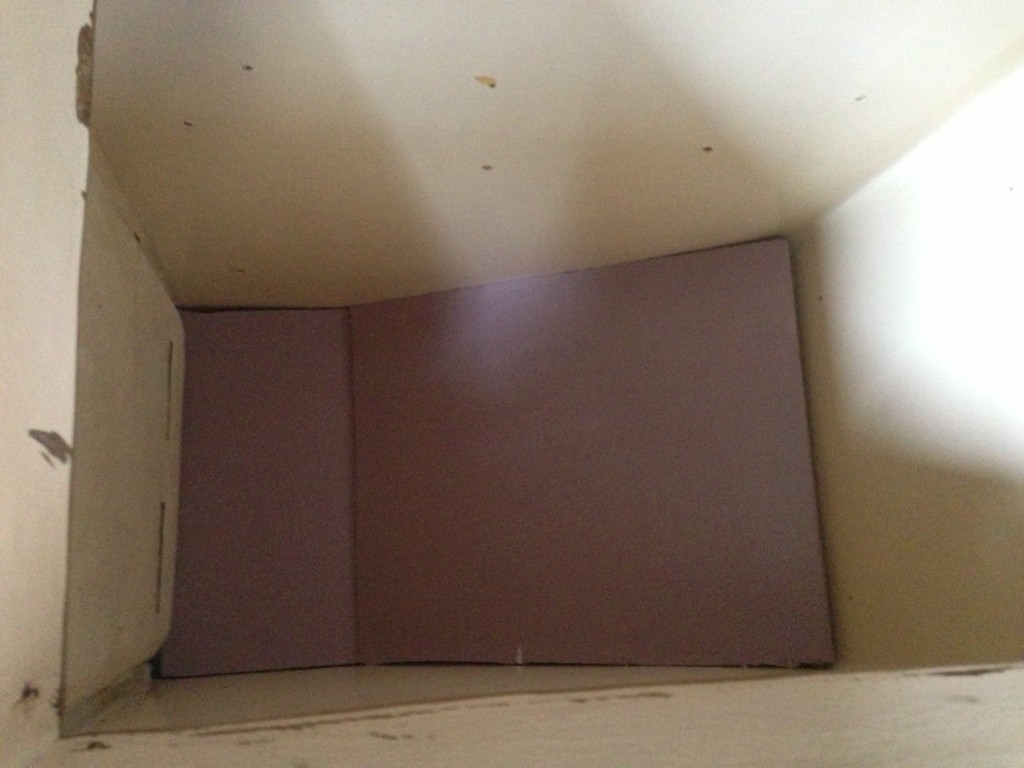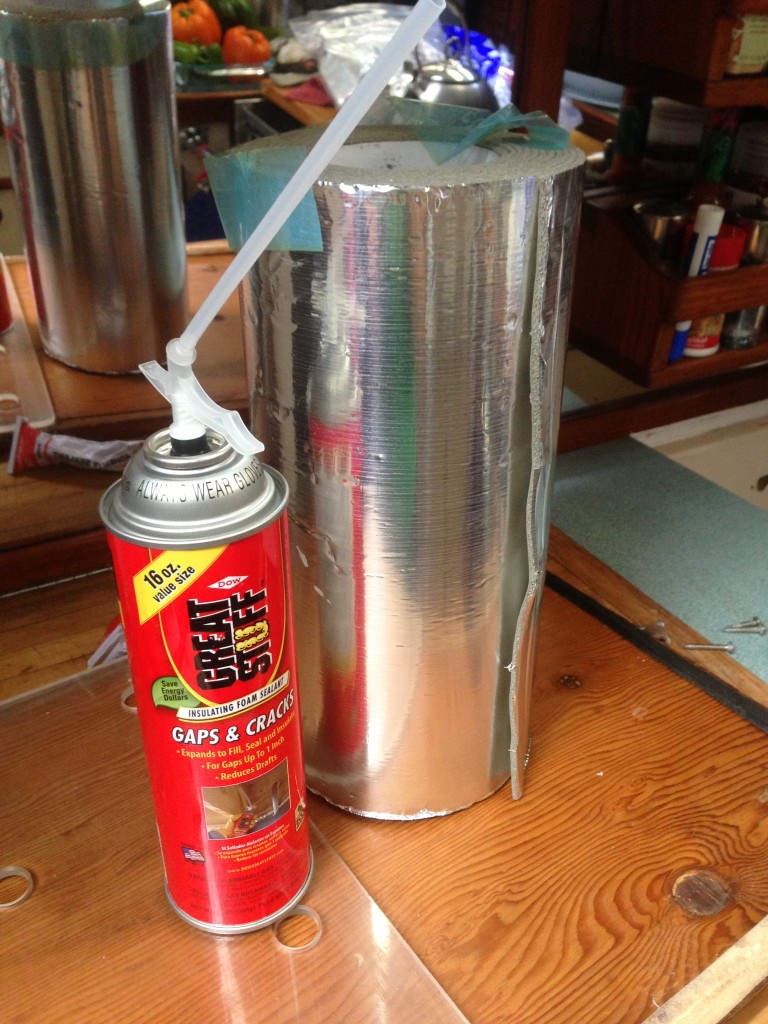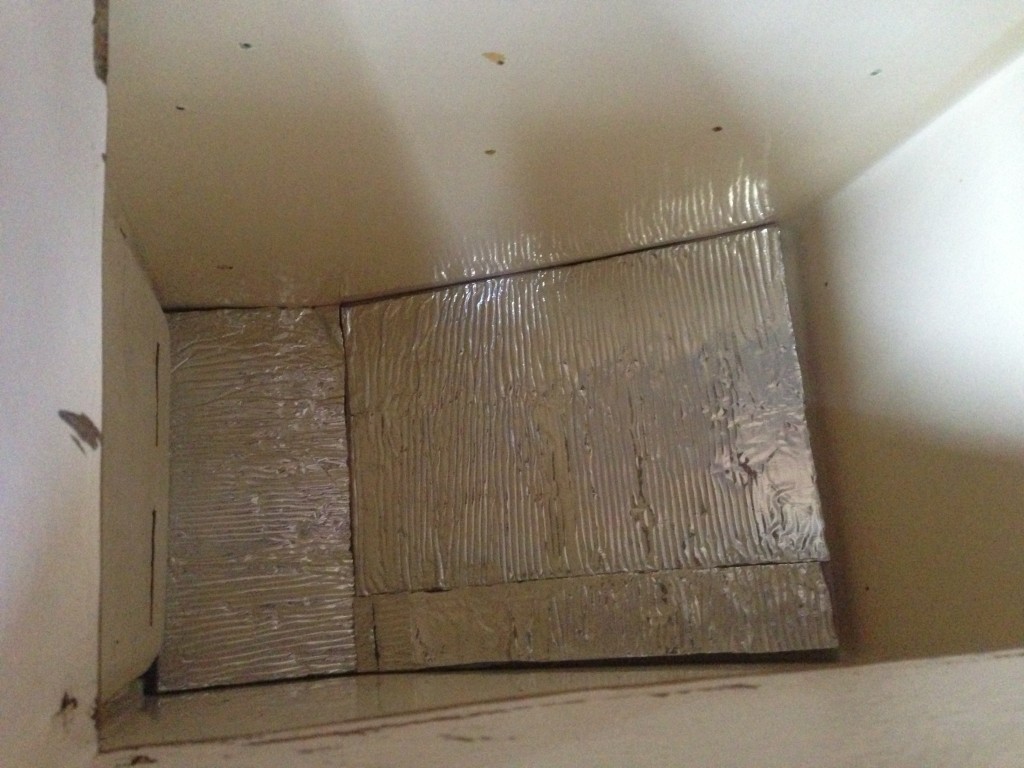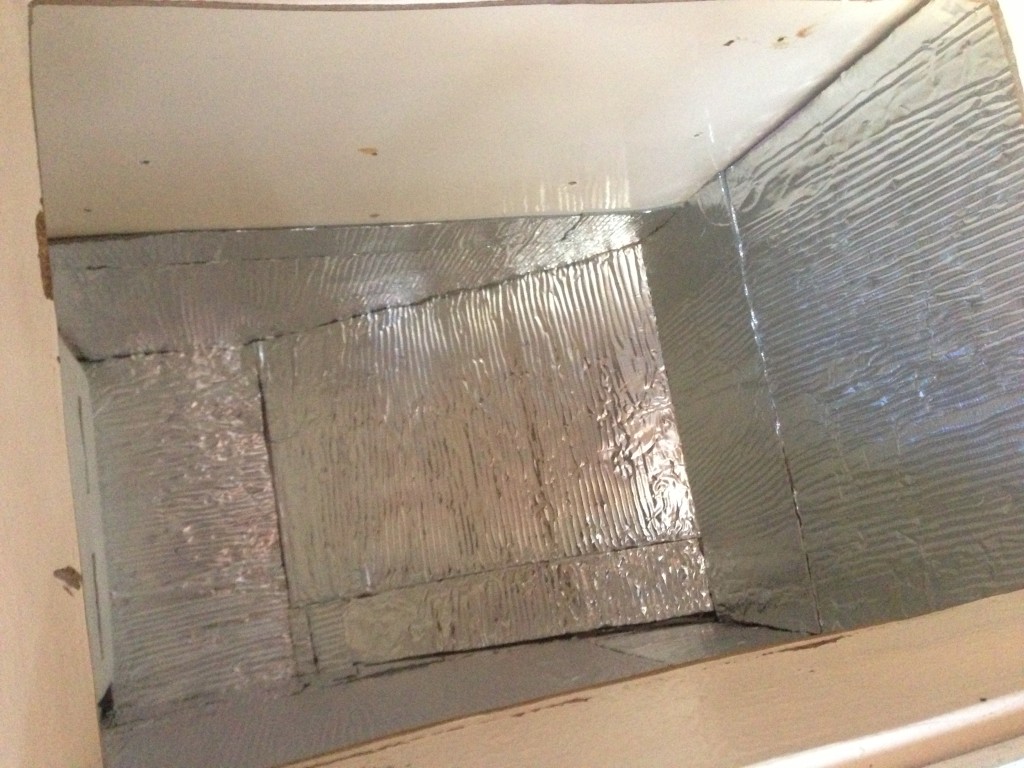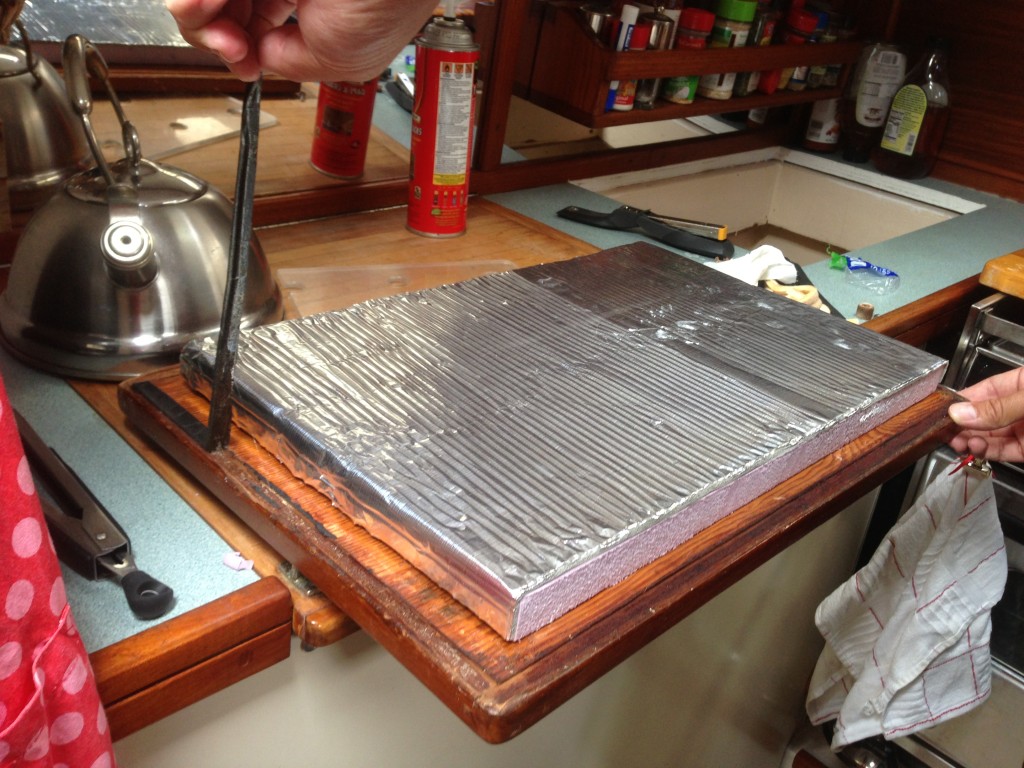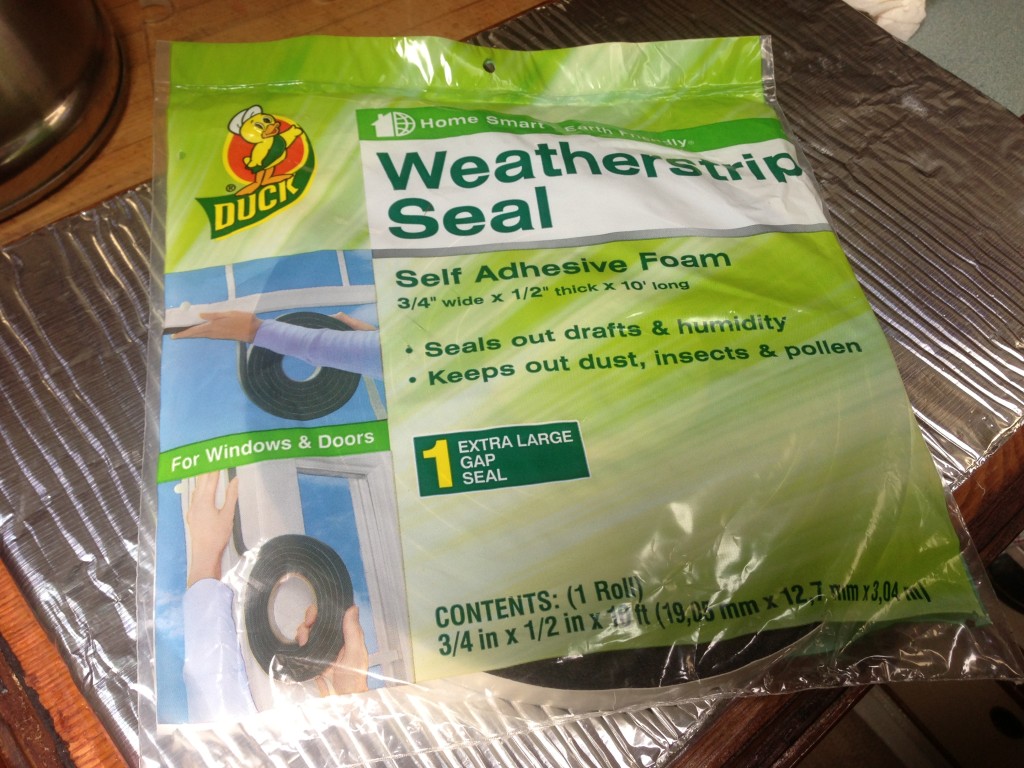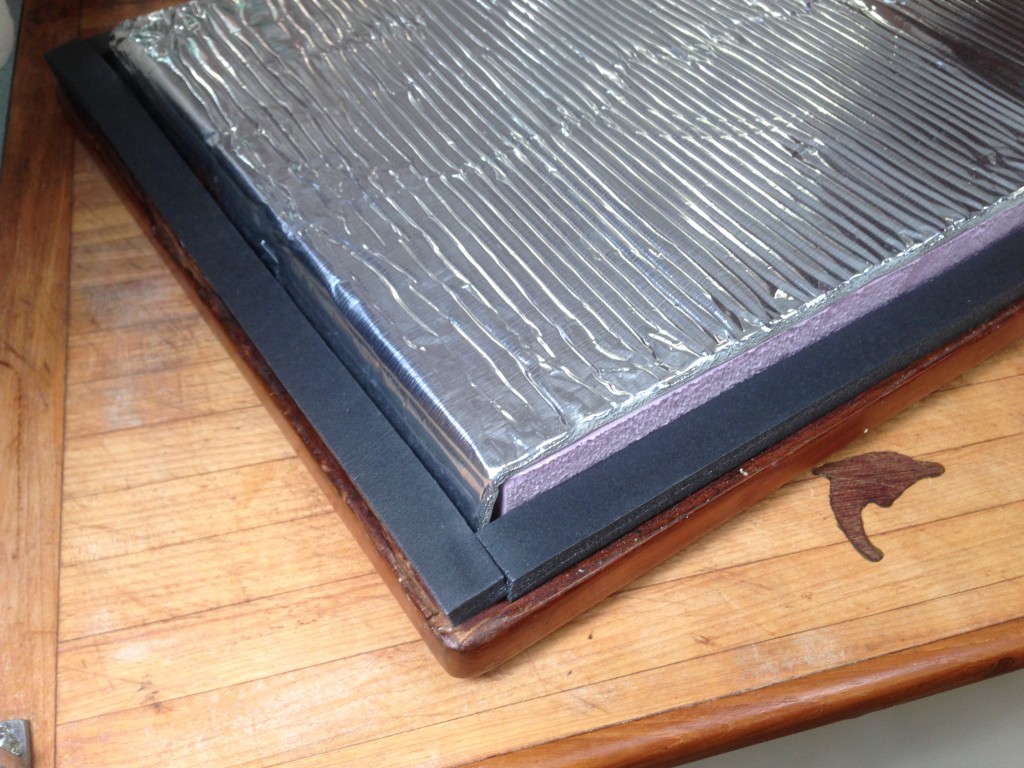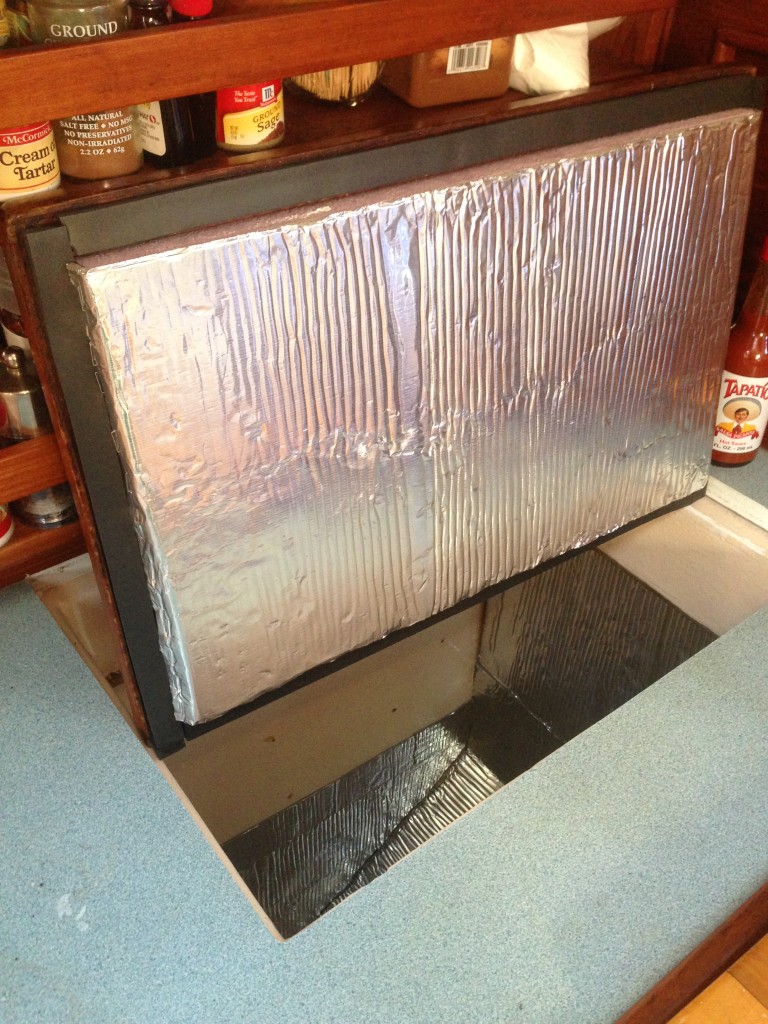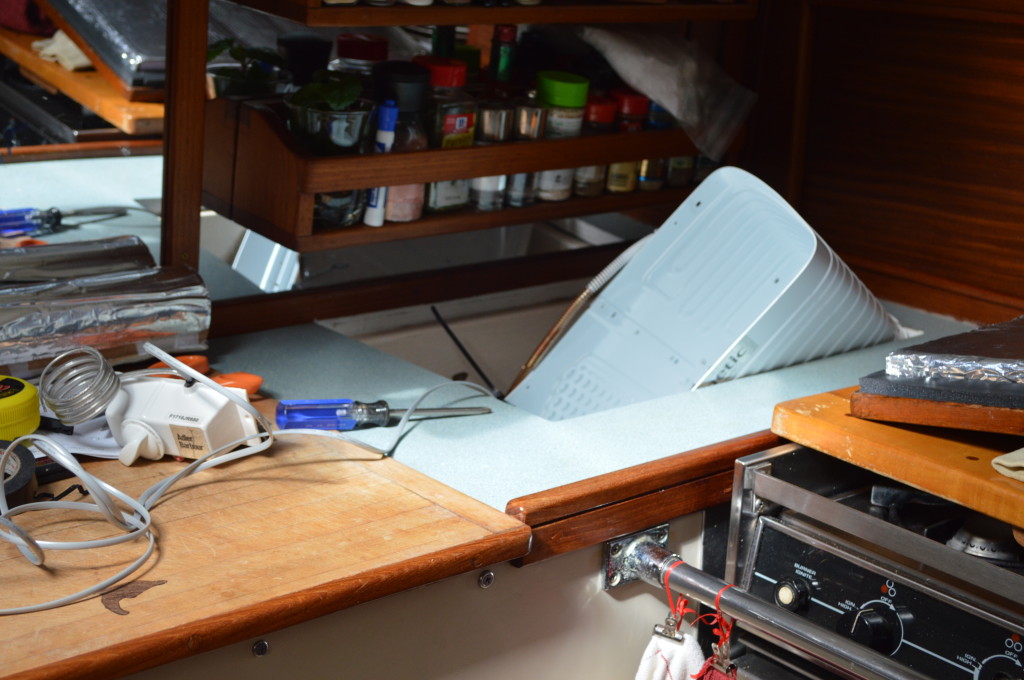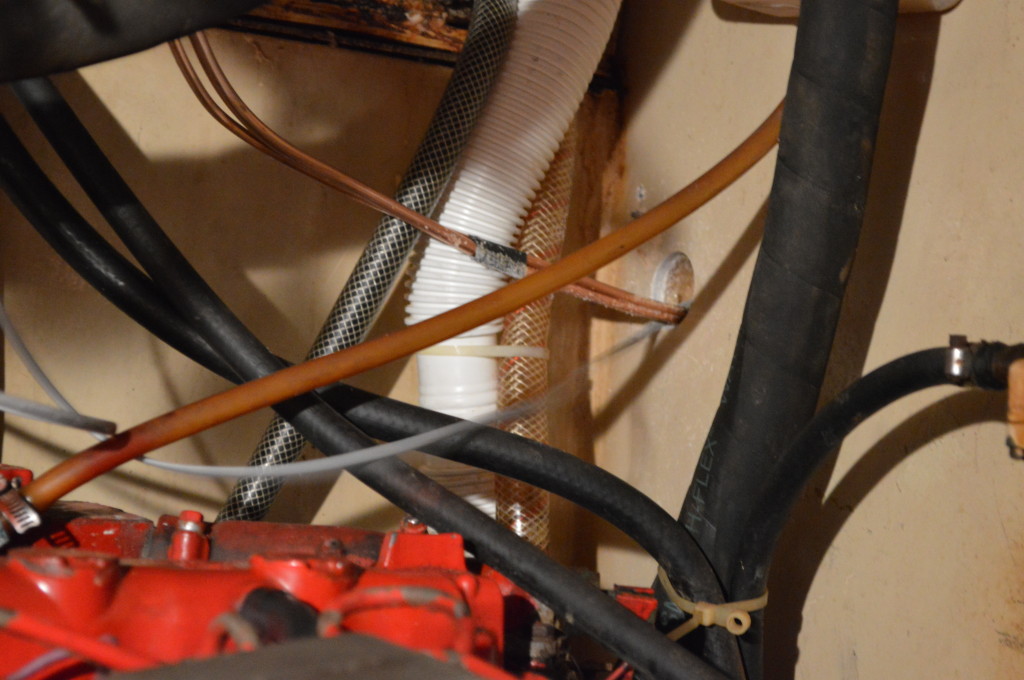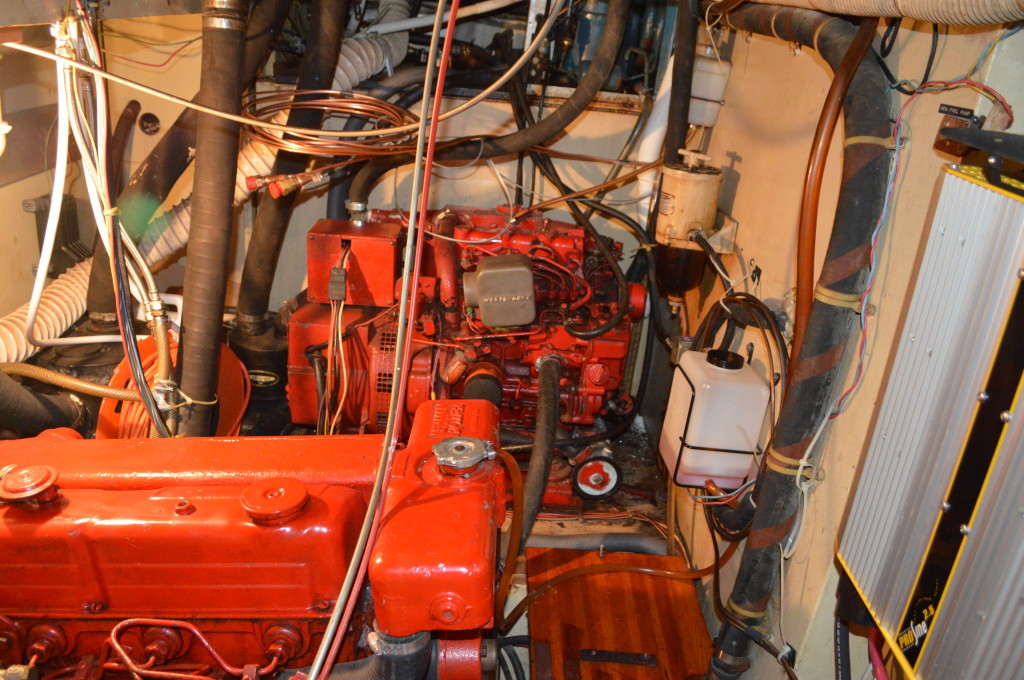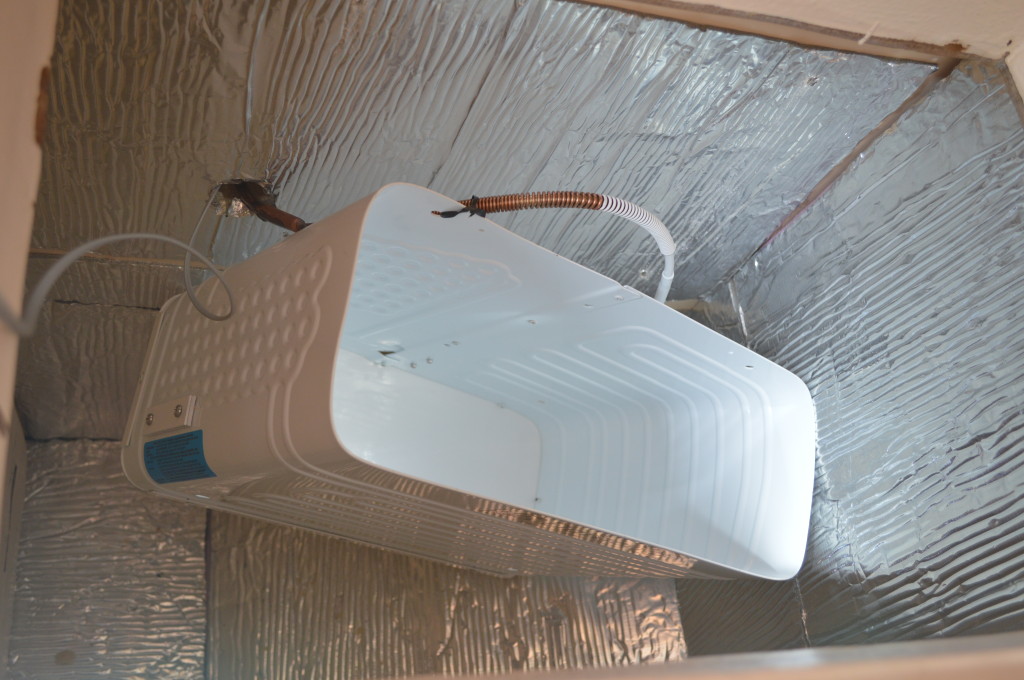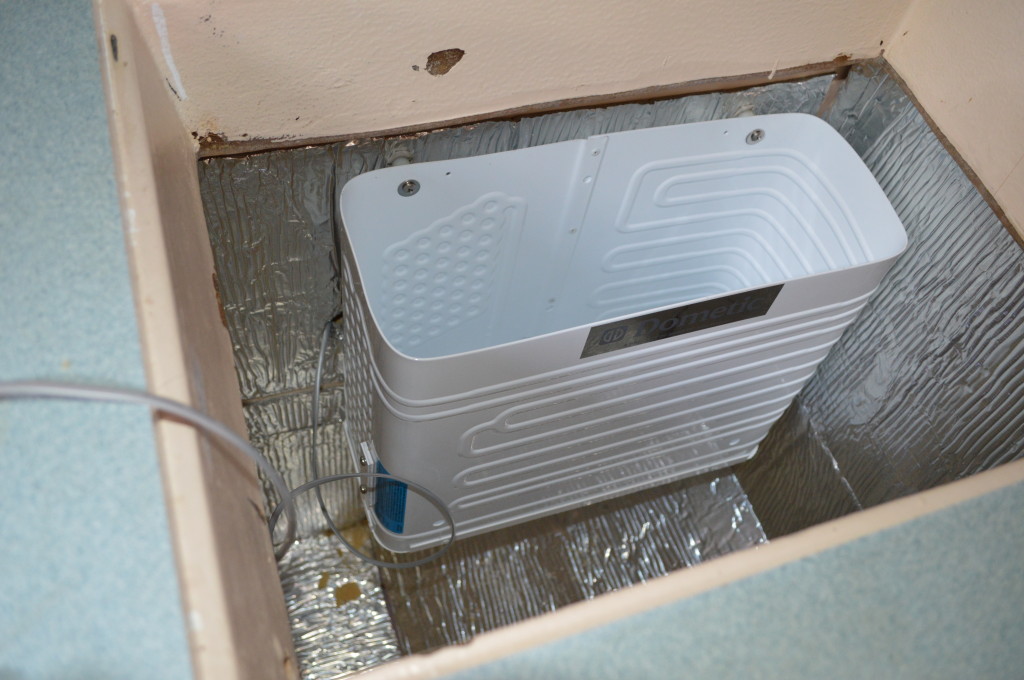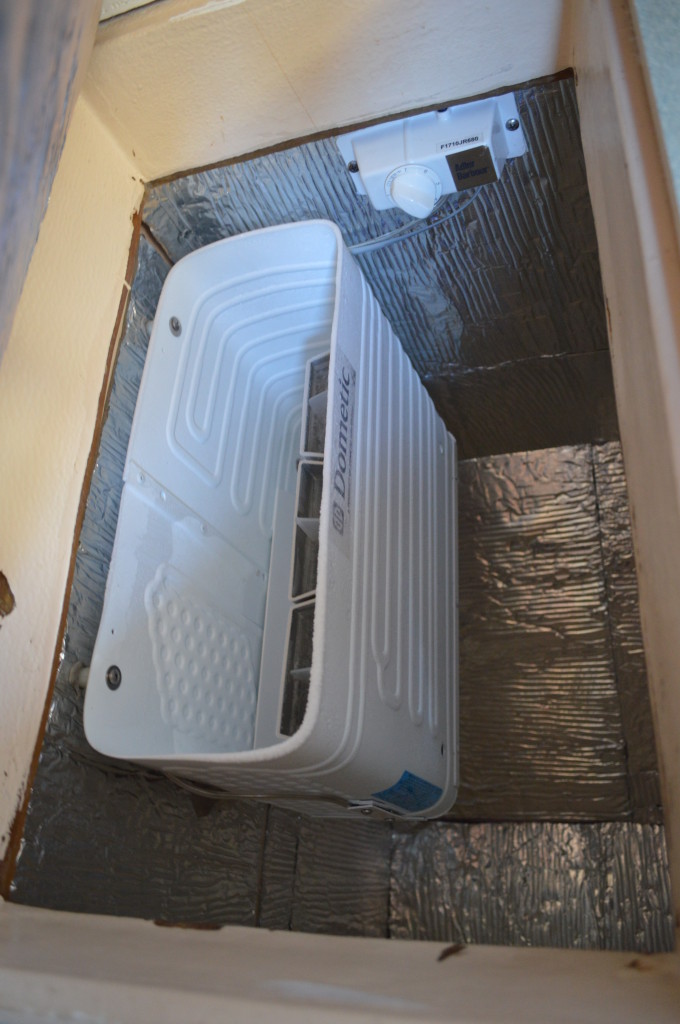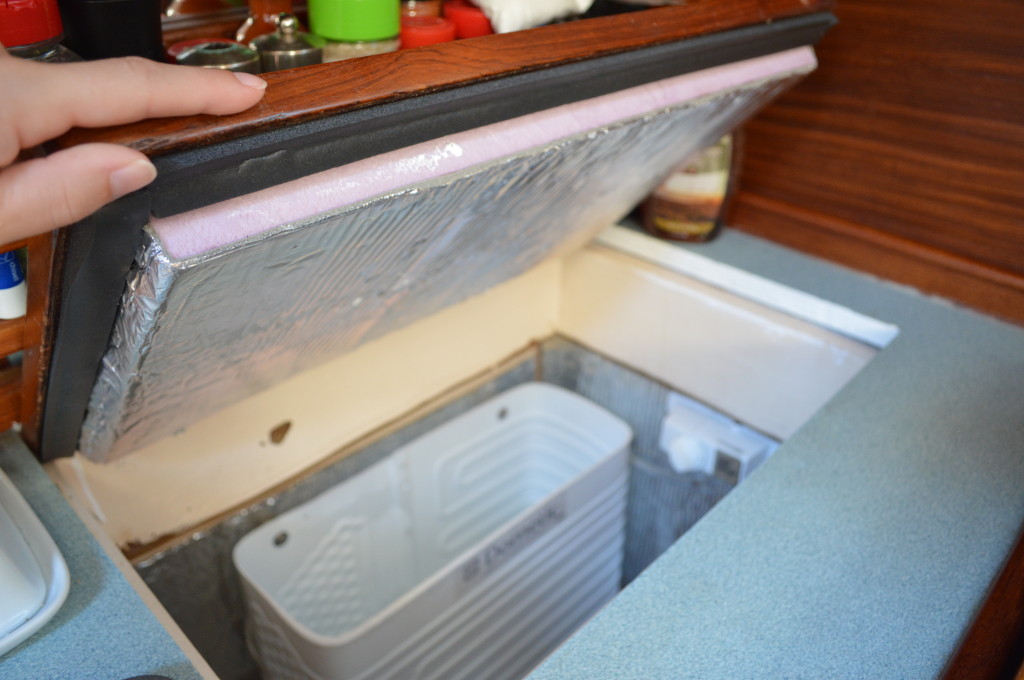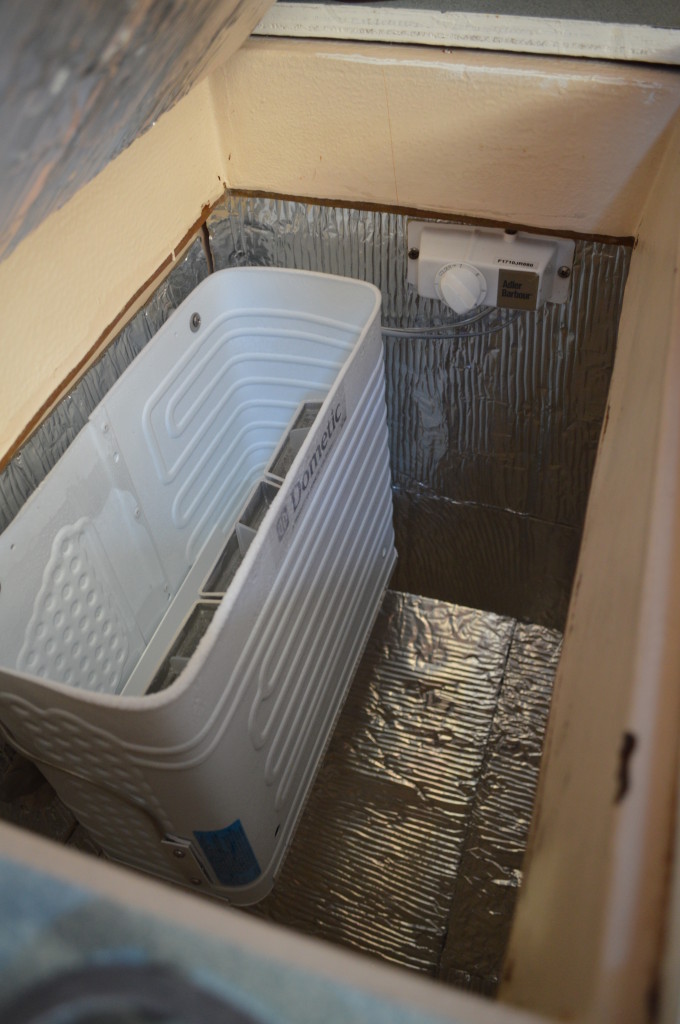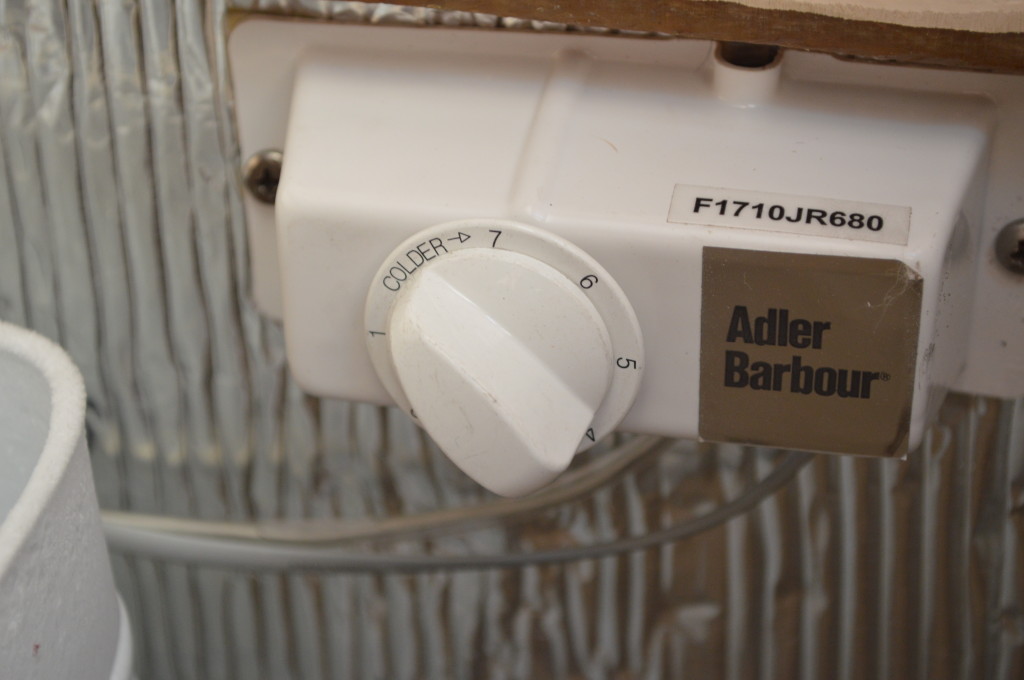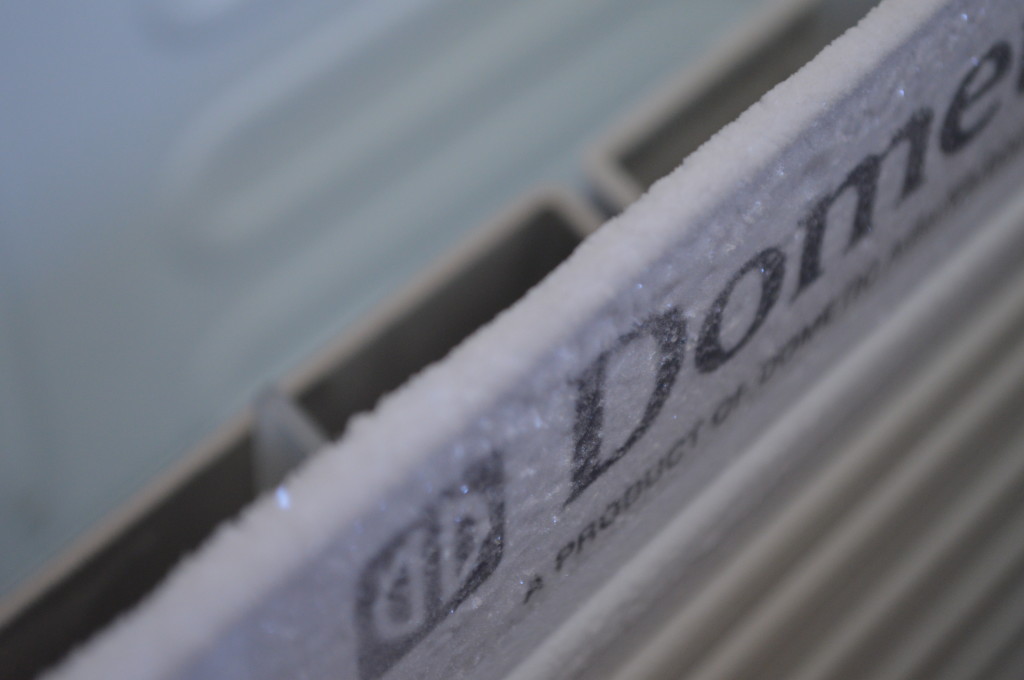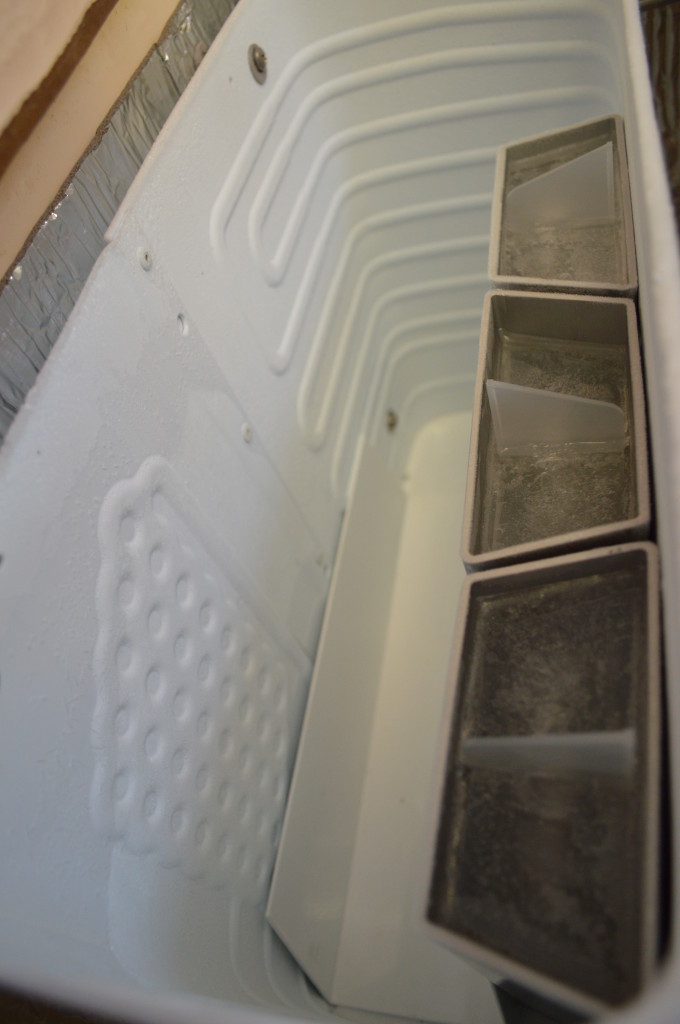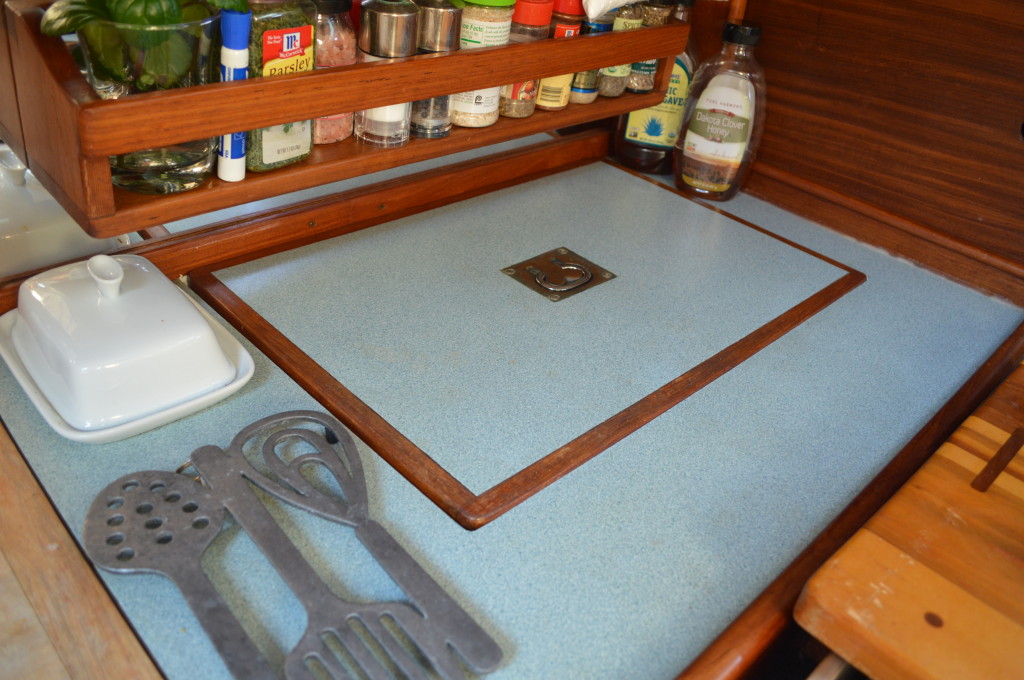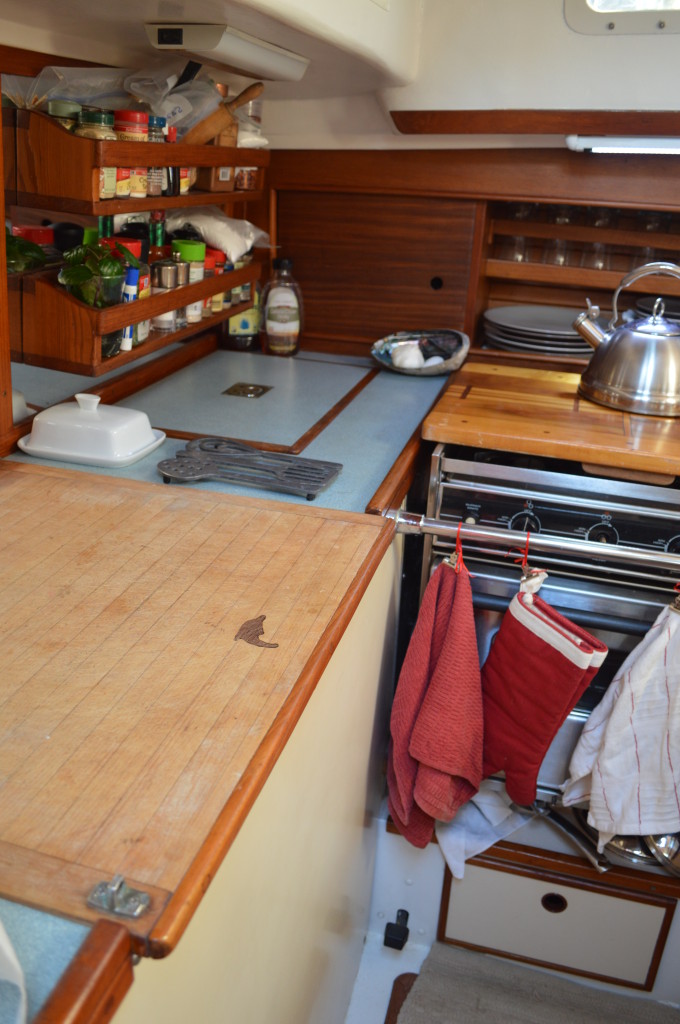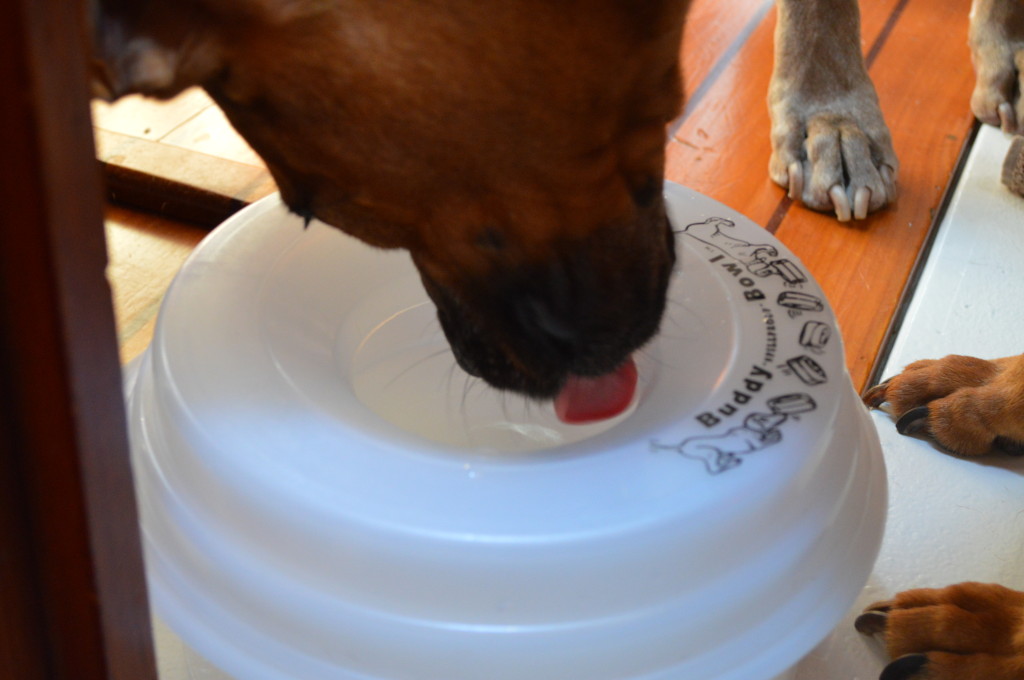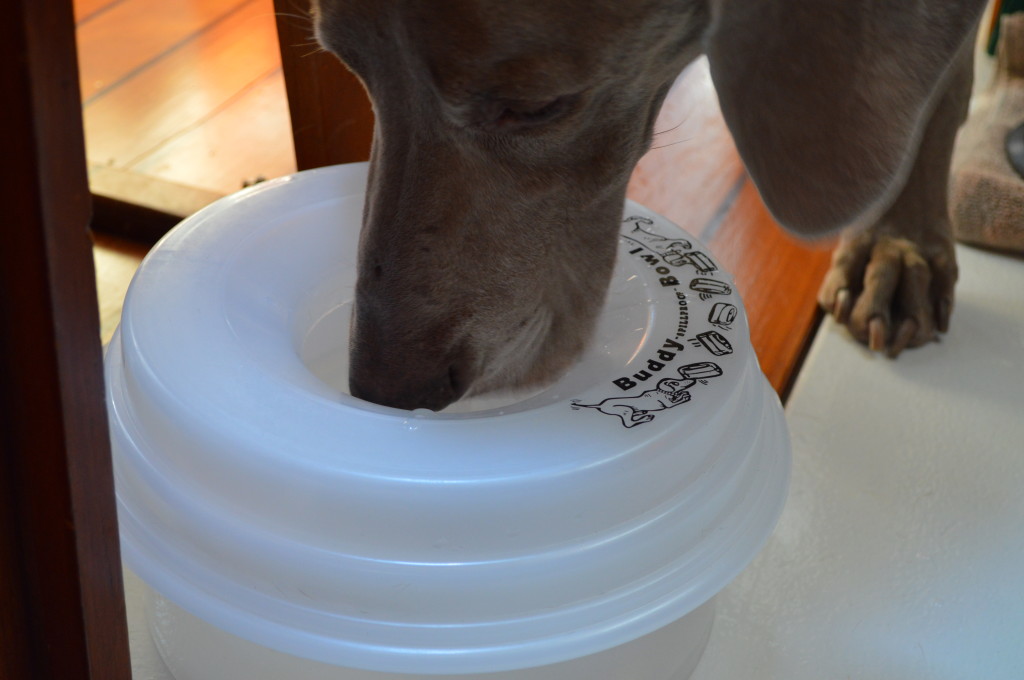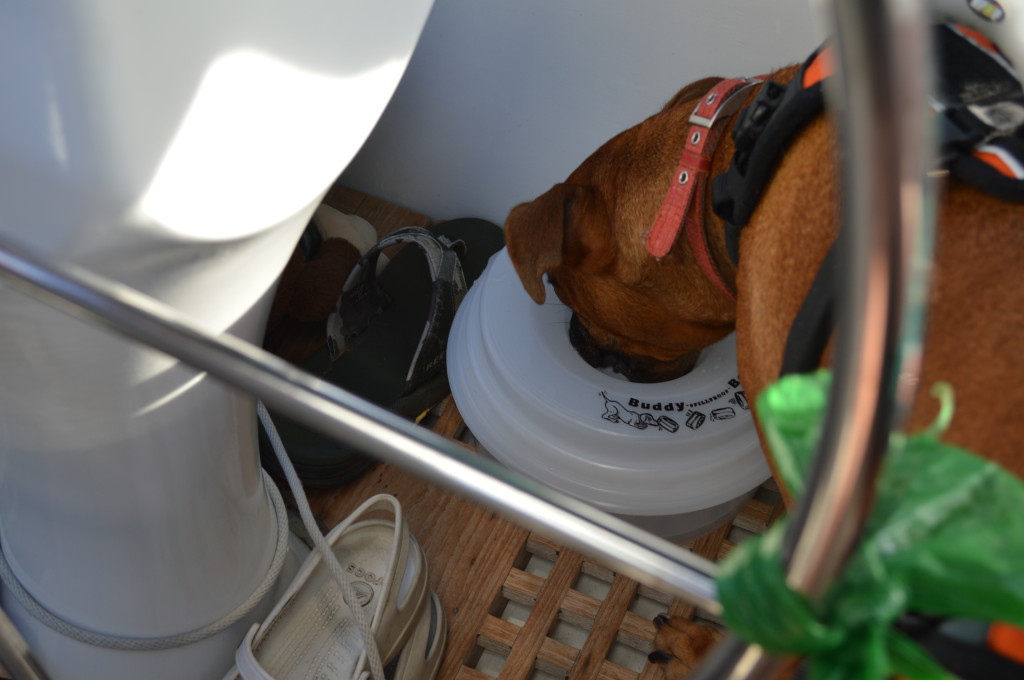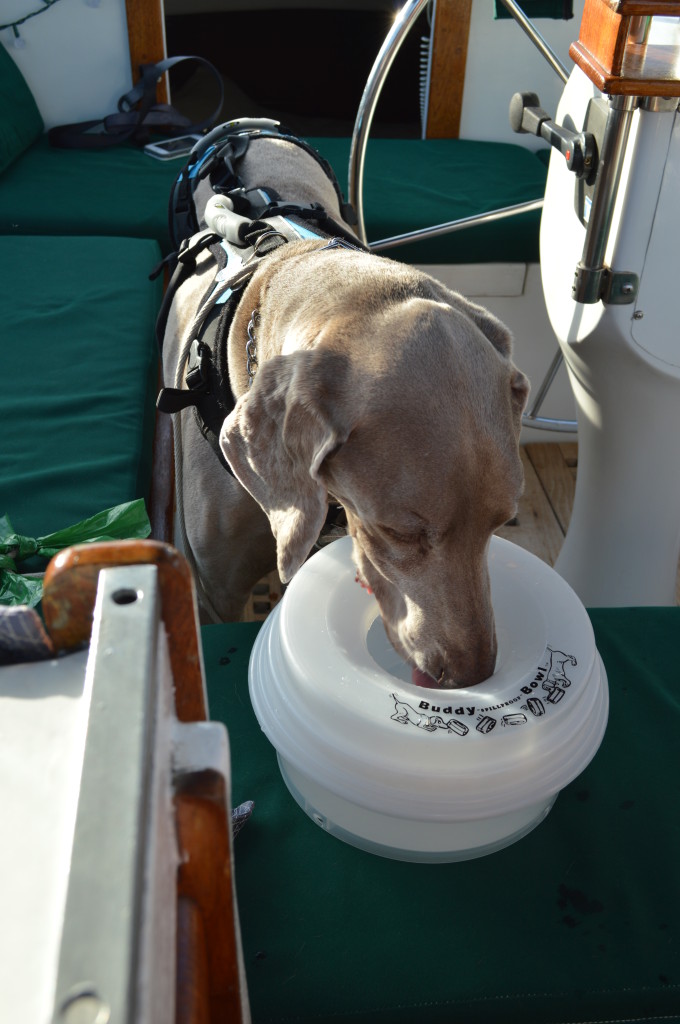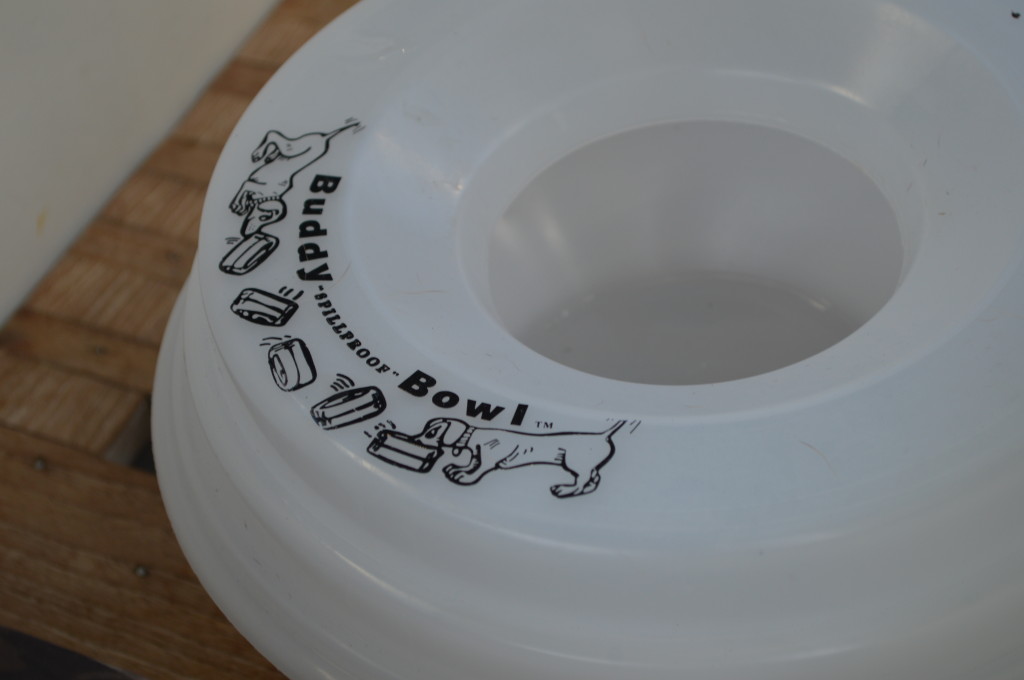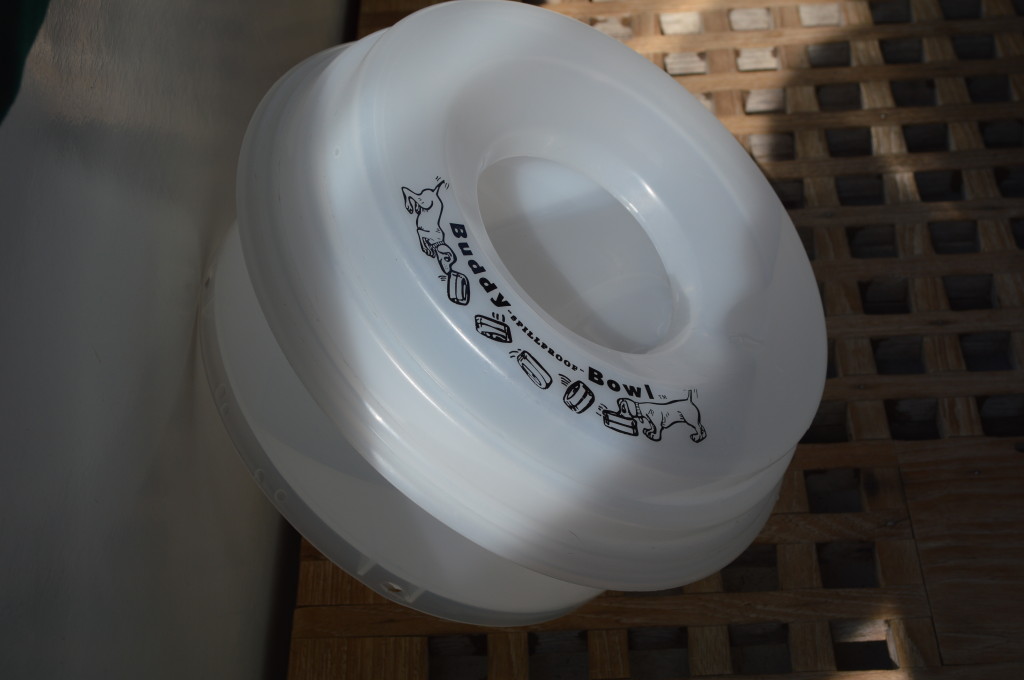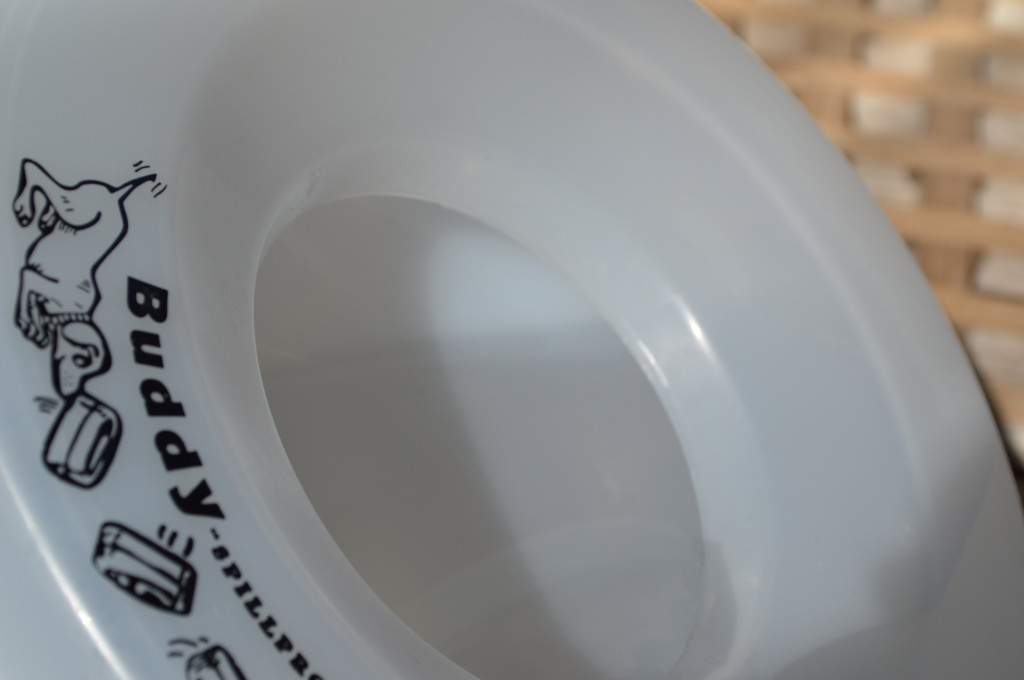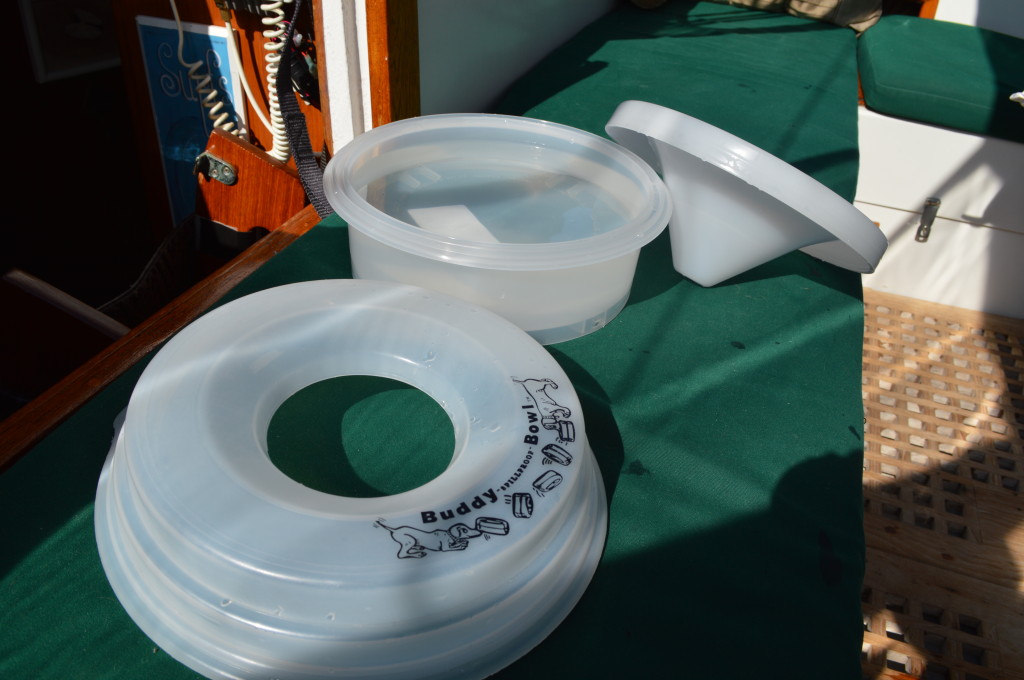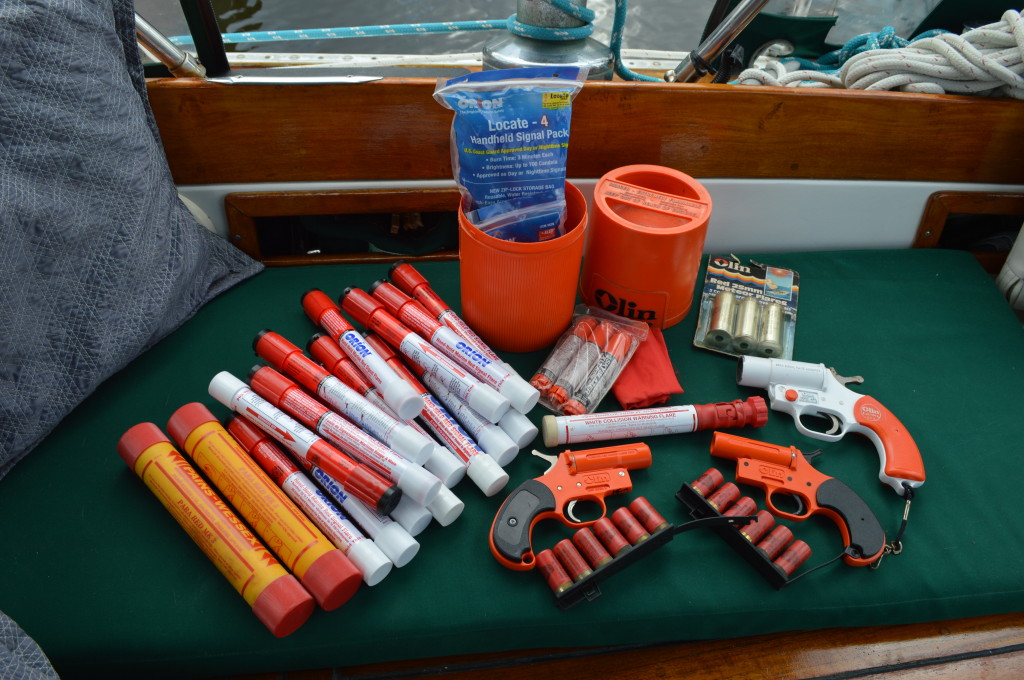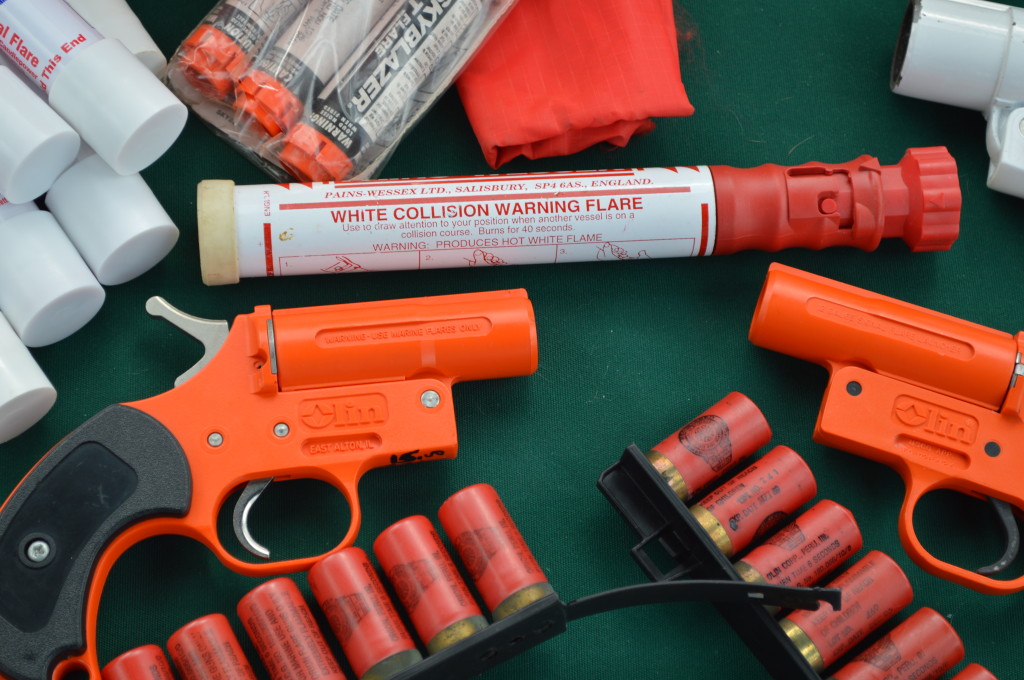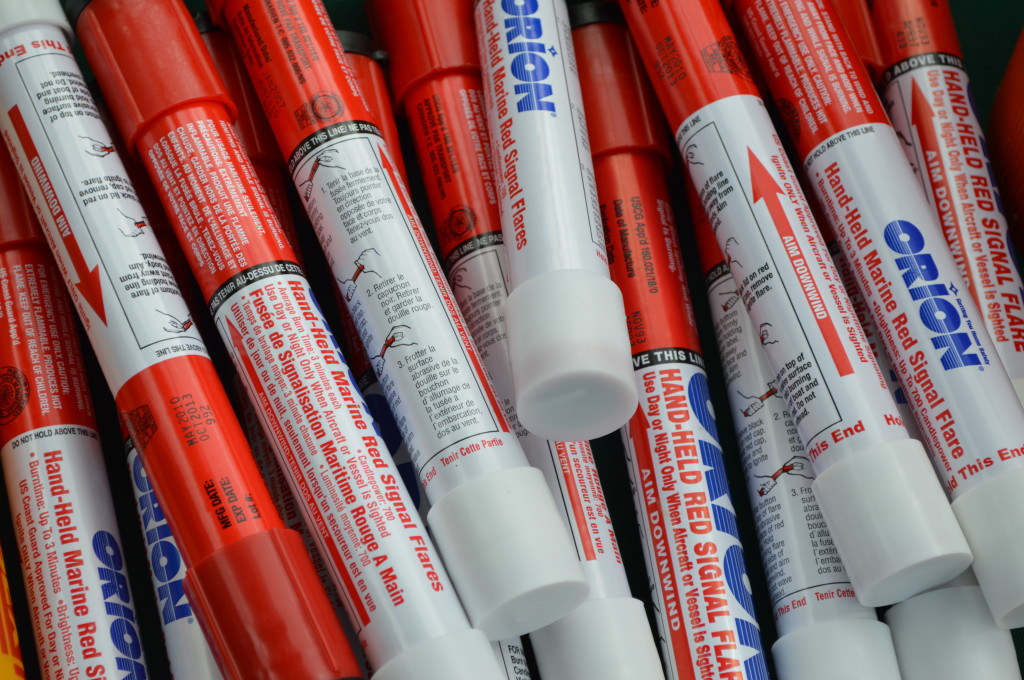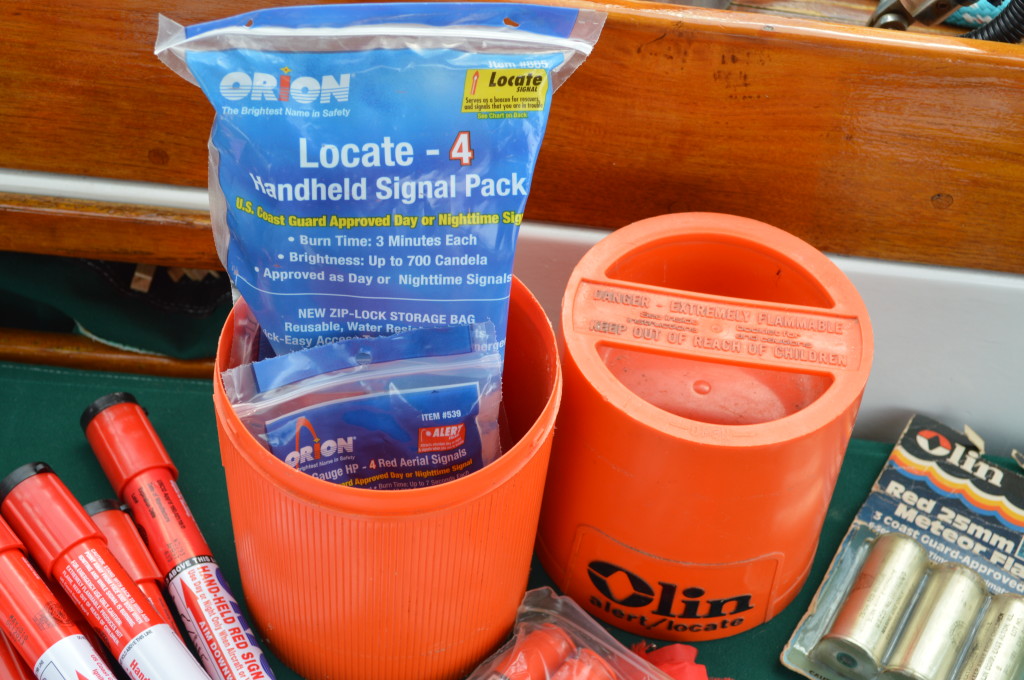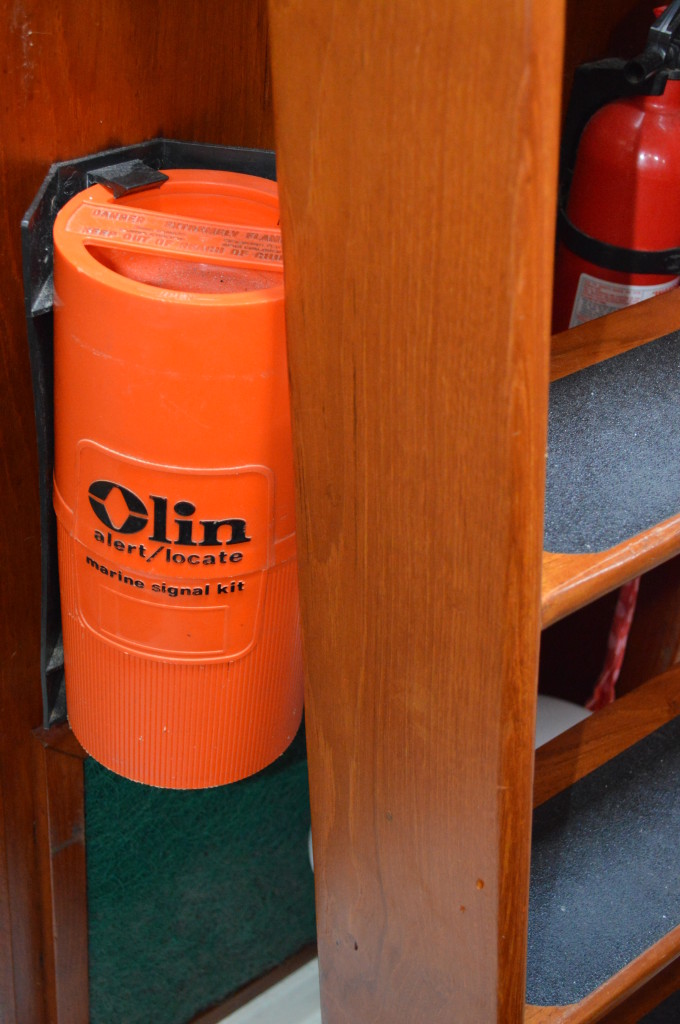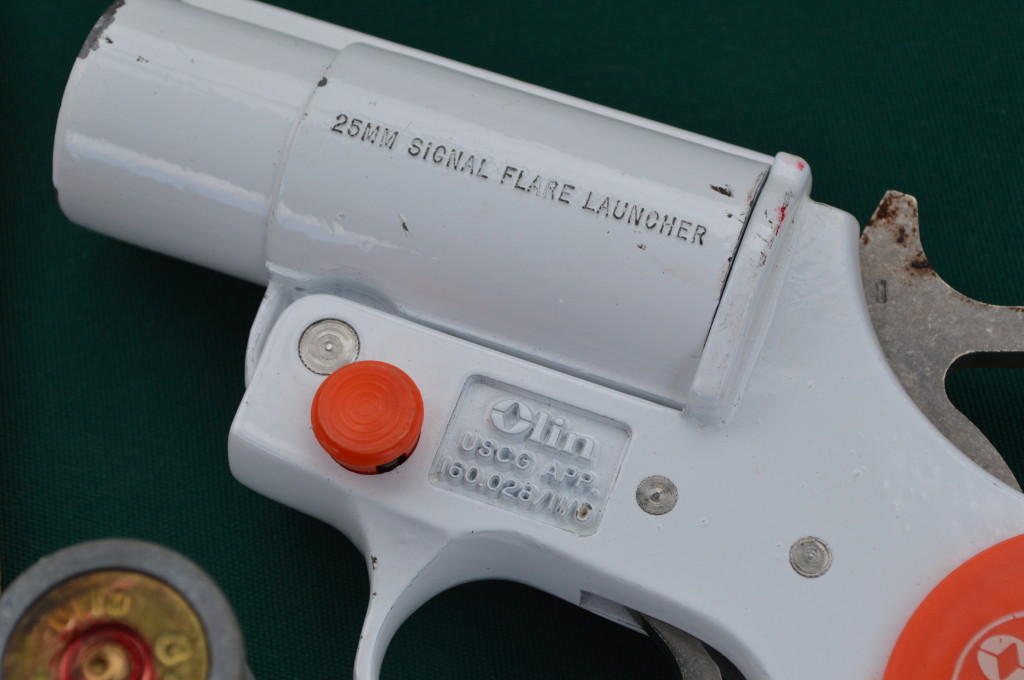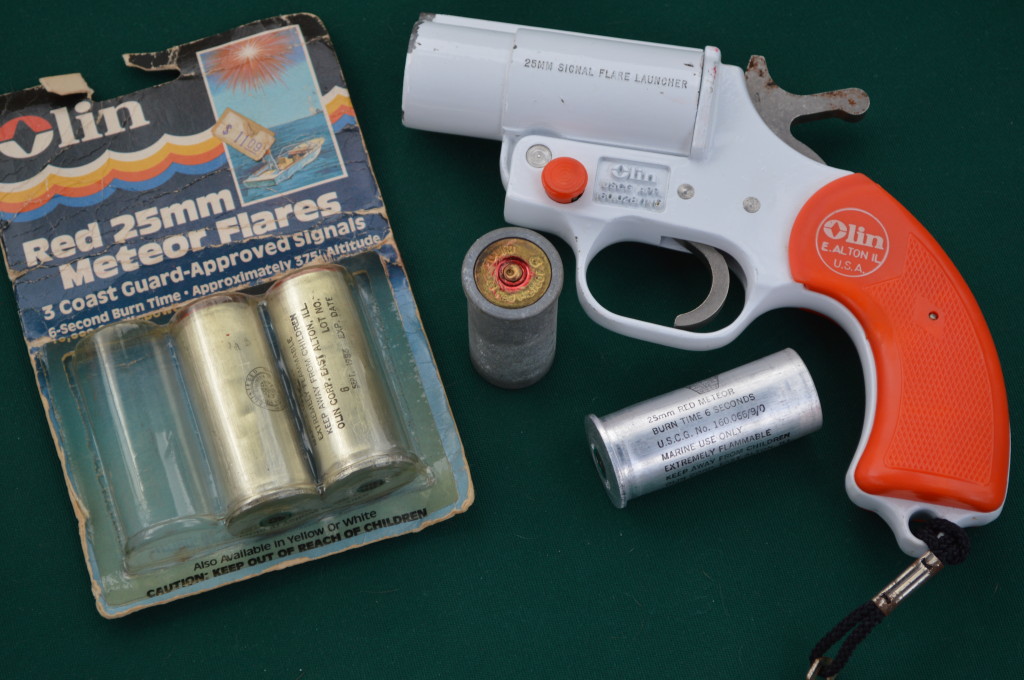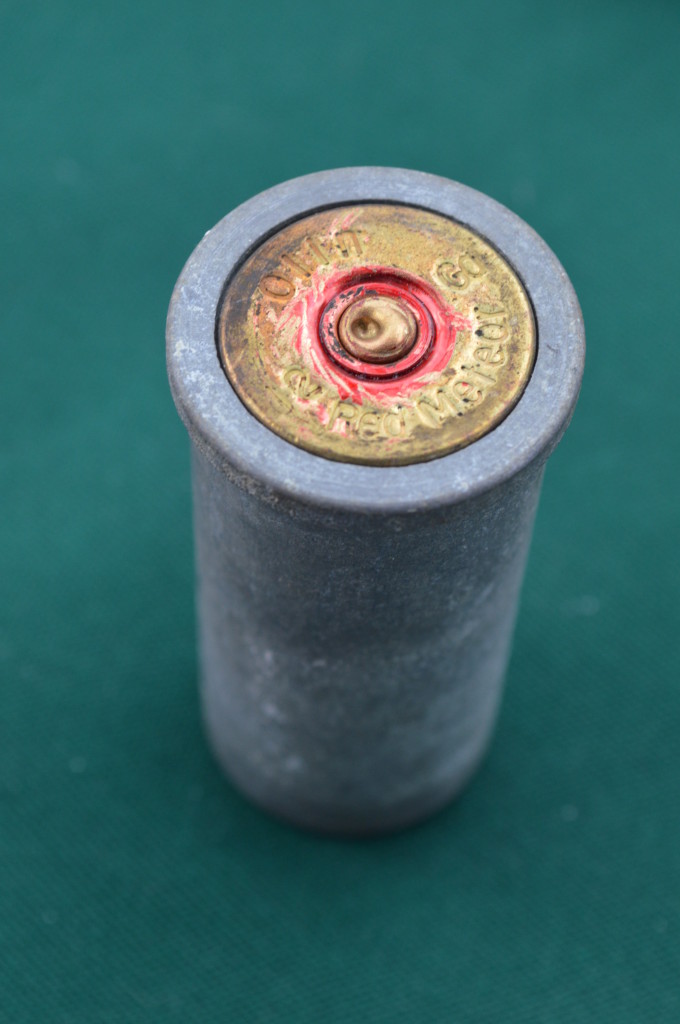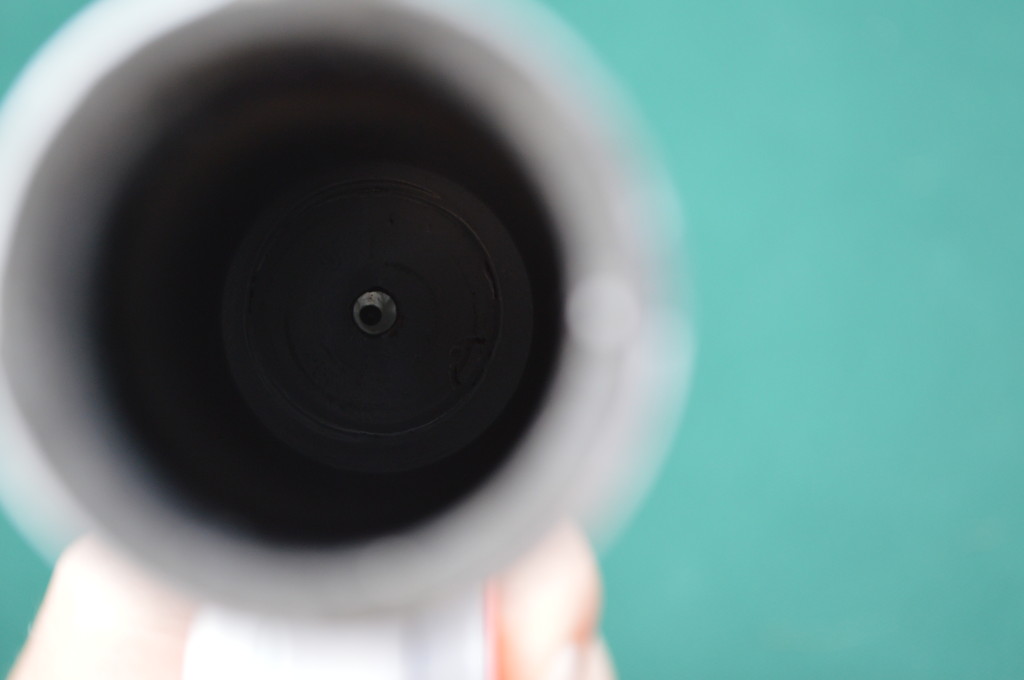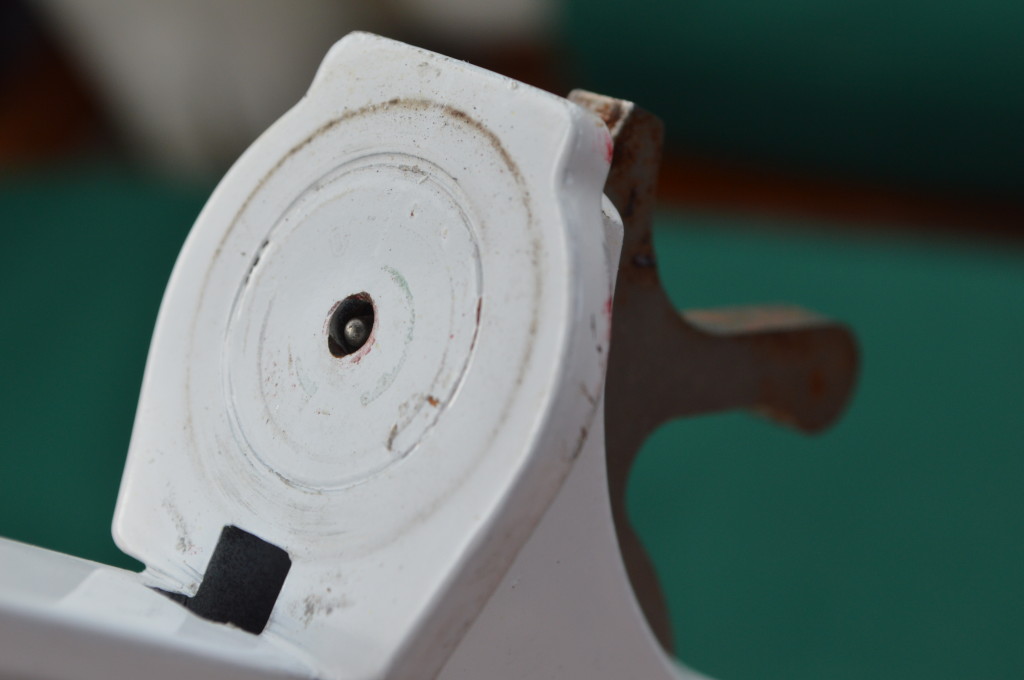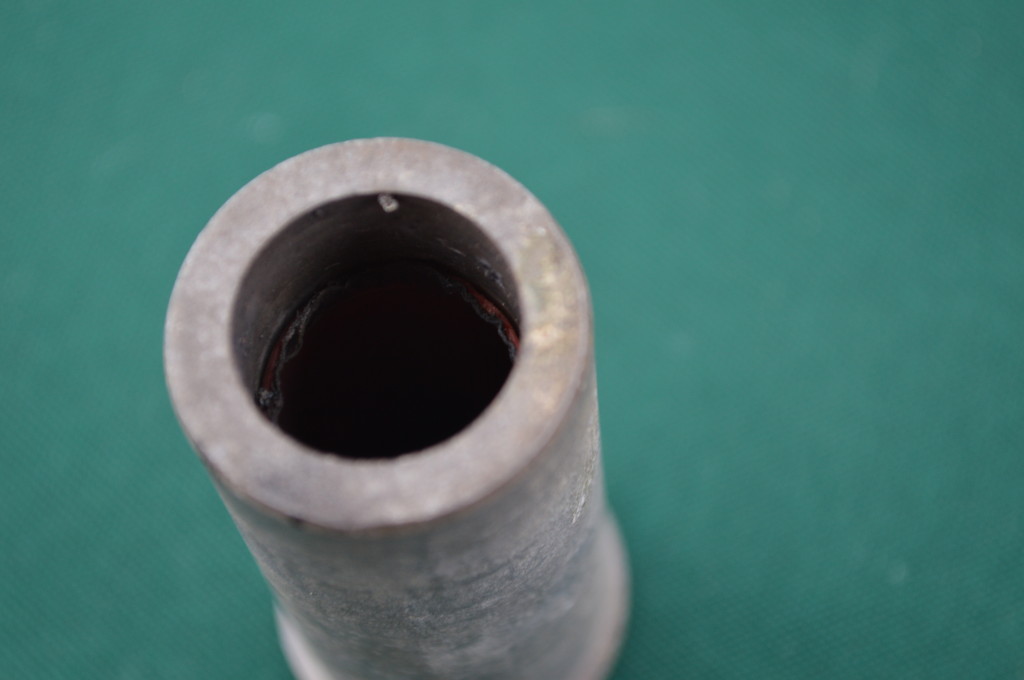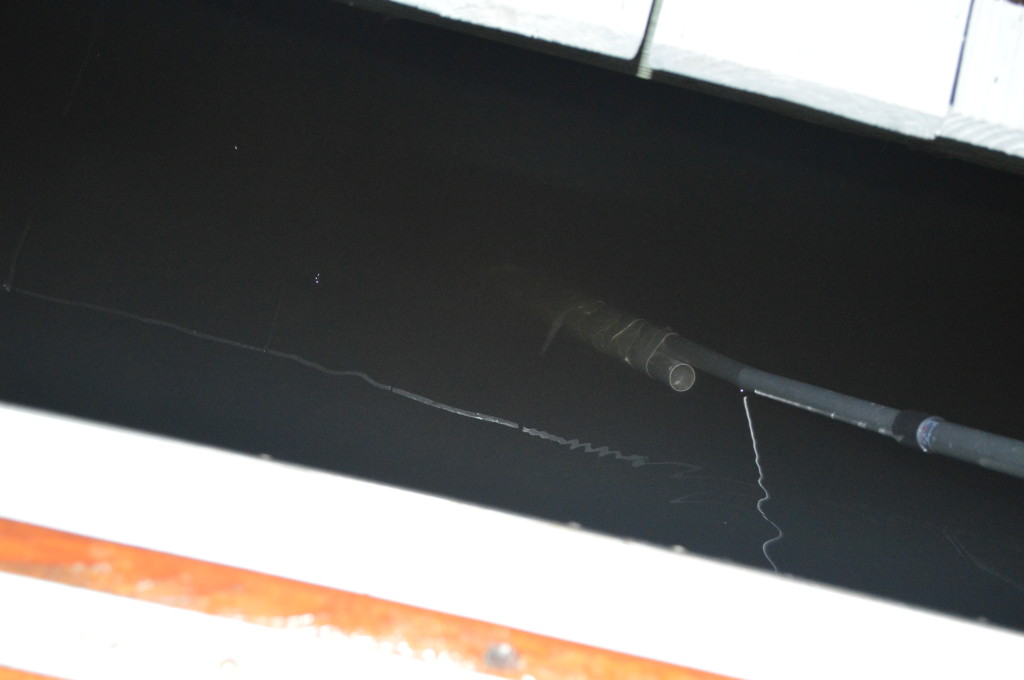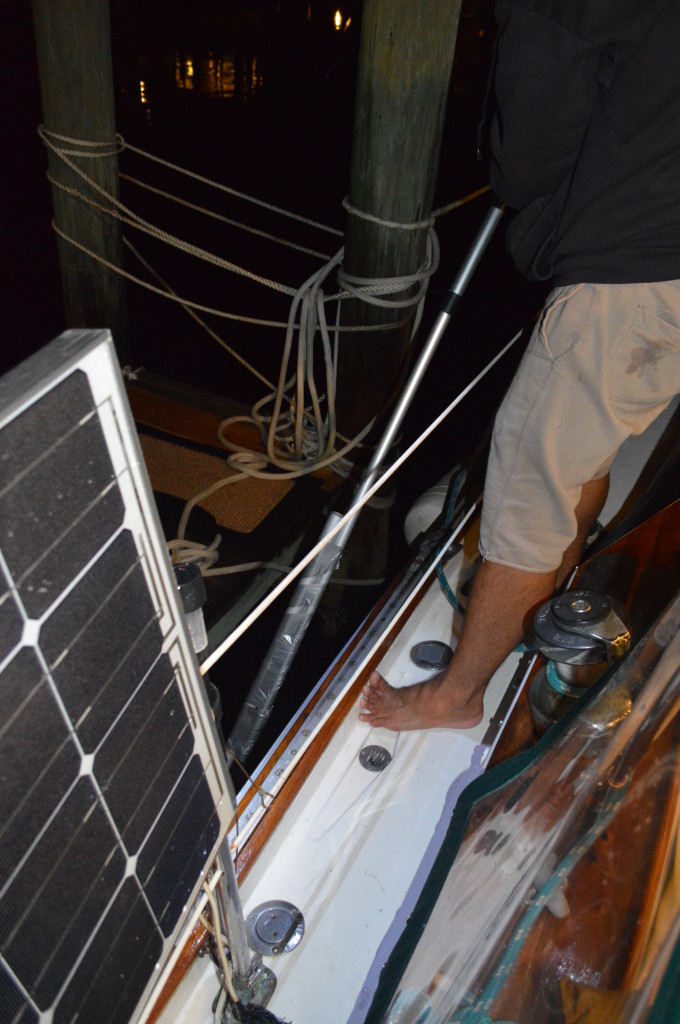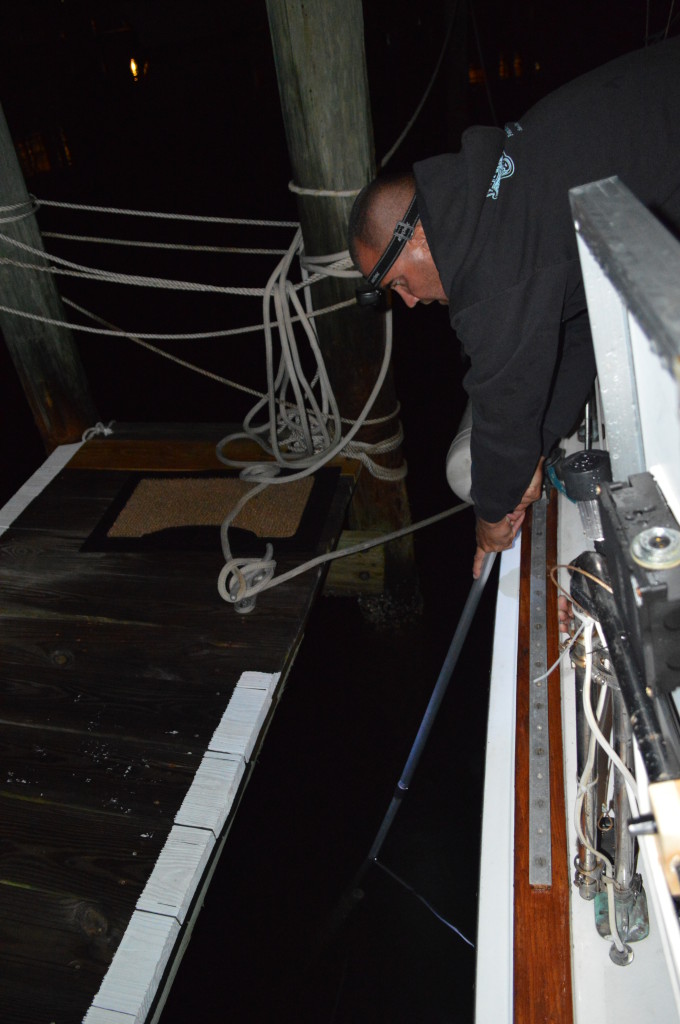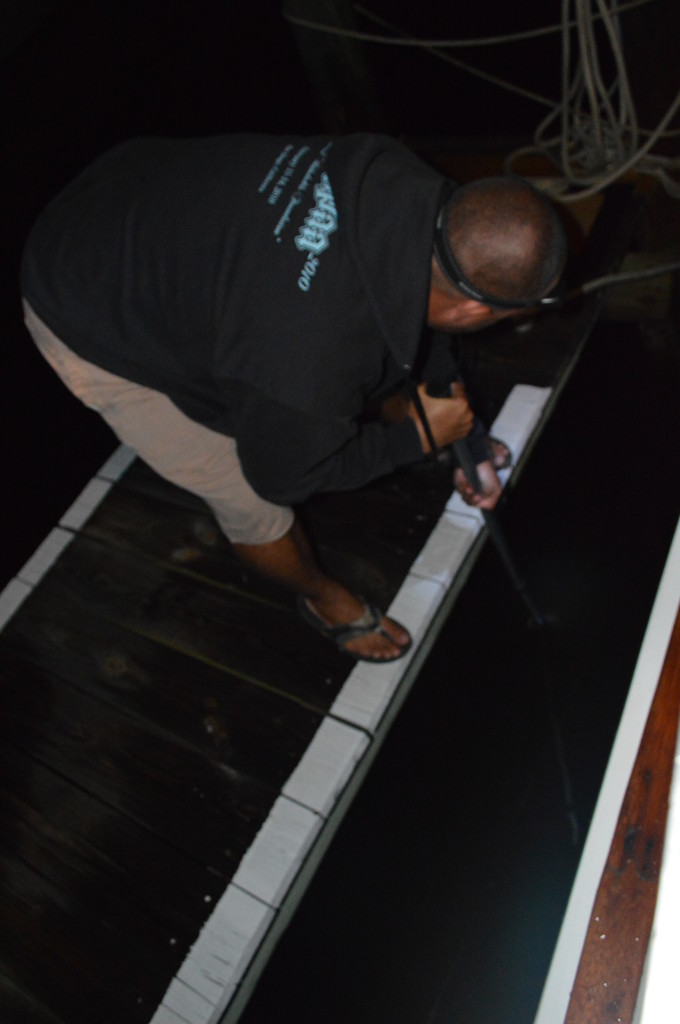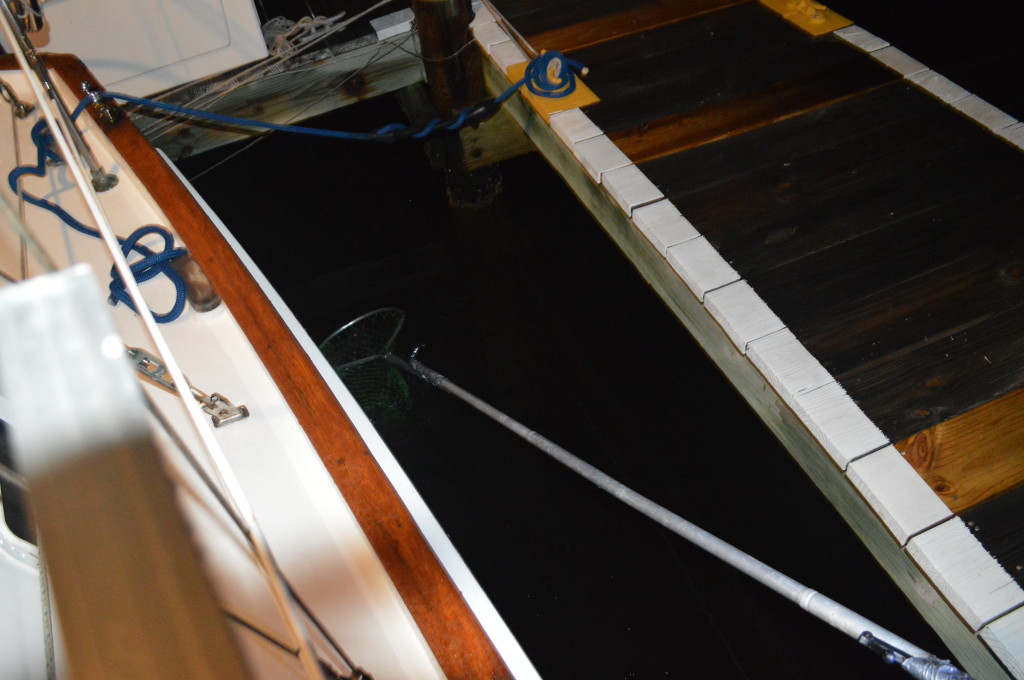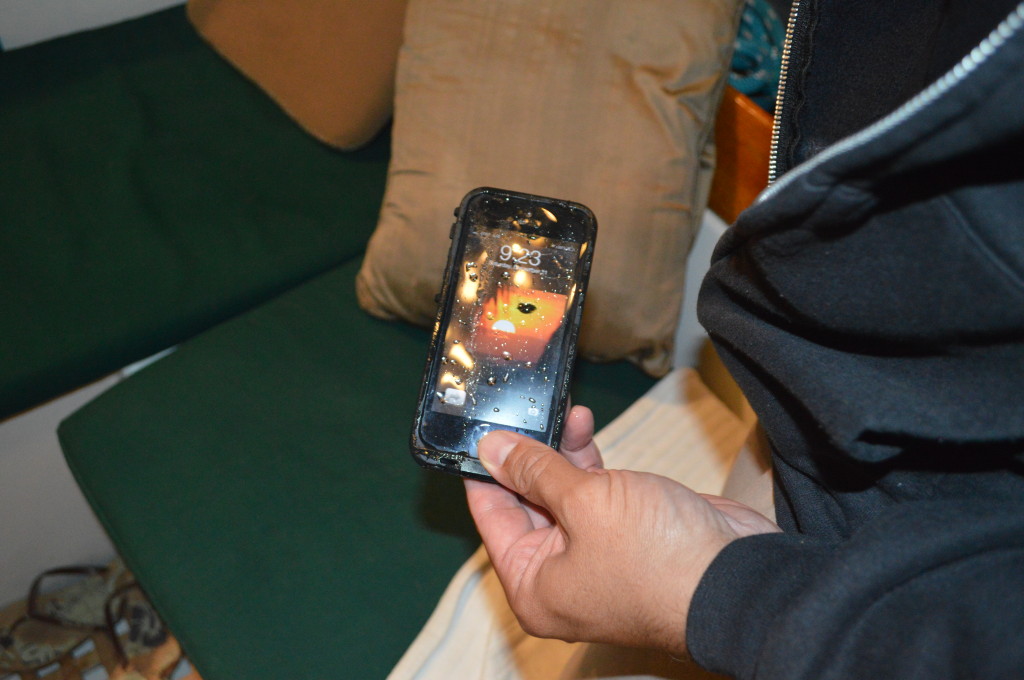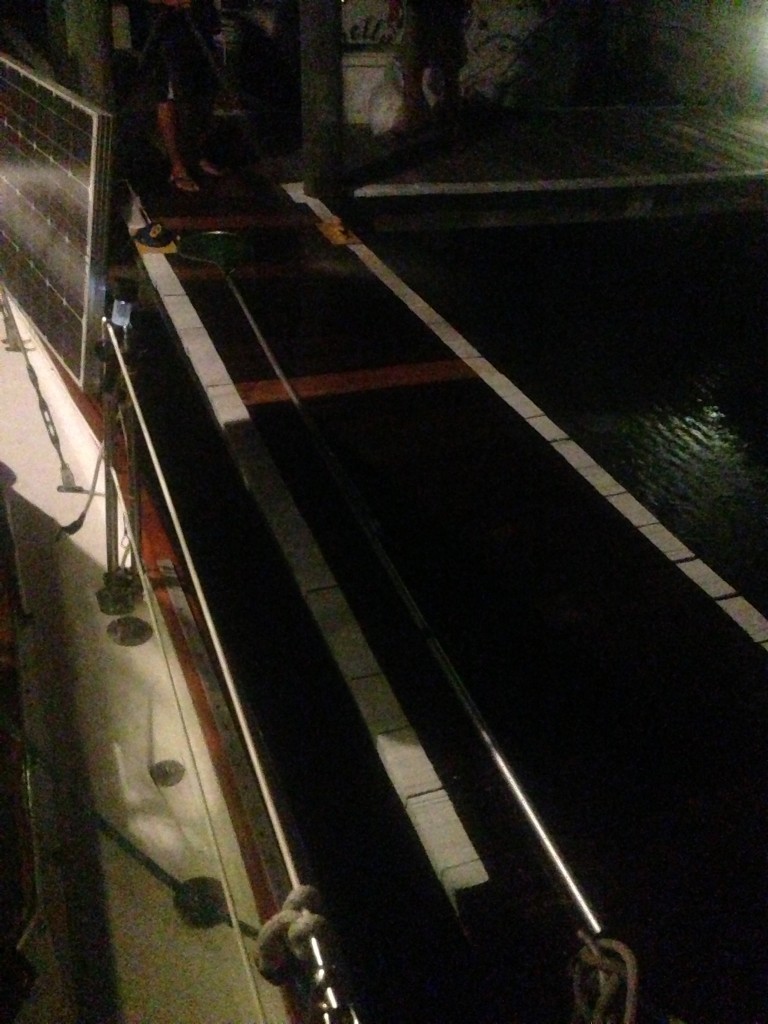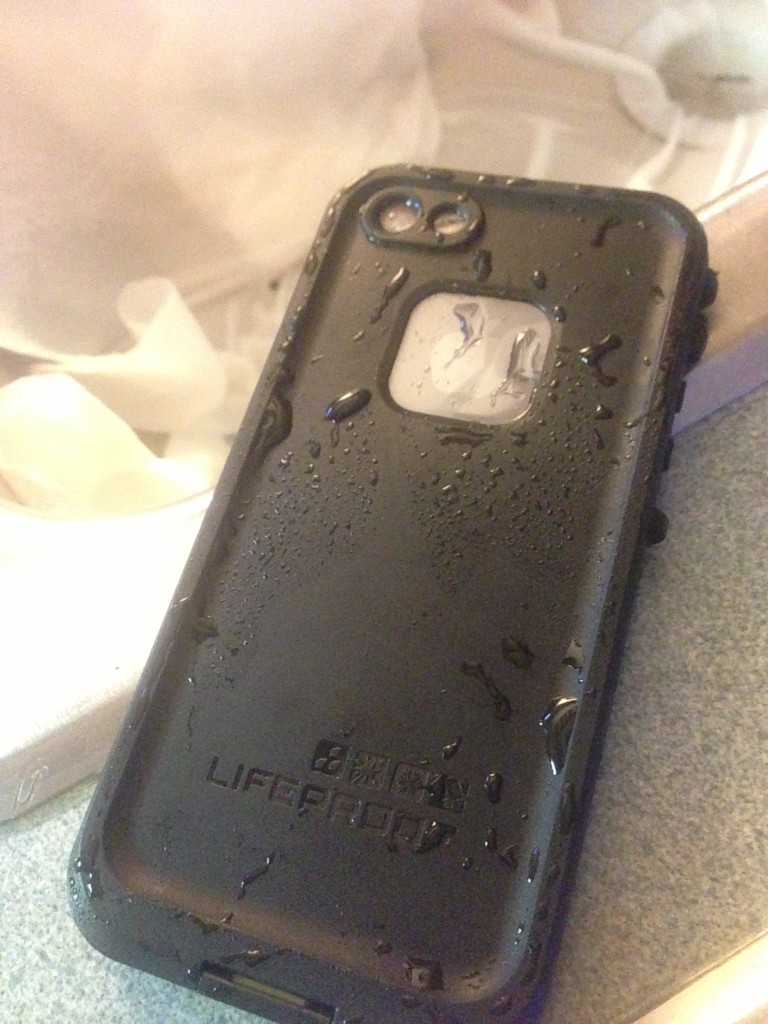Part of our provisioning for shoving off the dock is finding a safe place to store dog food. We searched high and low for air tight/water tight/bug tight containers. We searched even harder for containers that would fit in the odd-shaped storage areas we have on our boat.
The most important part to me was something that wouldn’t serve as a smorgus board for bugs. I’m absolutely terrified of getting an infestation after reading several warnings in other cruiser blog posts about making sure every crumb is accounted for.
I found a company online that has several of the best solutions for storing dry pet food, Gamma2. They also happen to be based out of Carlsbad, San Diego! We love to support local businesses from our home town :)
We were so excited when Gamma2 agreed to sponsor our adventures by supplying us with four (4) SoftStore 30 bags and one (1) Vittles Vault Plus 15 rigid container!! The SoftStore bags are exactly what I was envisioning when we searched for a storage solution. They can mold into any area where a rigid container might not fit. These bags are lined with a food-grade plastic and the lids have the patented Gamma Seal design to make them totally air tight.
With two large dogs on board we have to store a lot more dog food than we’d like and it takes up quite a bit of room. One of our first challenges once we leave shore will be getting the dogs accustomed to a varying diet. They’re currently on Kirkland Signature brand food from Costco but we know that once we leave we won’t have very many options for selection. Neither of their tummies do well when we switch their food but we’re just going to have to deal with that. Somebody will be on duty at the poop deck for sure! We decided to add in more table scraps and the dogs will be getting a steady fish diet soon. We’ll supplement with dog food and hope that they get used to eating different brands all the time.
For now, we are carrying two 40lb bags worth of dog food and have fit it all into the 4 SoftStores. They hold 30-35 lbs (8.0 Gallons) if stuffed full, but we like to leave a little room on top so the bag is more malleable. That way we can save our precious storage space and the bags fit into all the odd size nooks and crannies of the two cabinets we have chosen for them.
It’s much easier to fill the SoftStore bags with two people, but it wouldn’t be too difficult for just one person.
We turned around to position Betsy for a cute picture on the dock and Gunner seized the moment when he knew we weren’t looking!! If we weren’t there, he would have kept eating until he threw up. It’s actually kind of a good thing that we don’t free-feed the dogs, so that way we don’t have to worry about bugs feeding on the dog food at night. We like to clean their bowls out after doing the nightly dishes to help keep them clean.
Betsy hesitated at the open bag of food. She knew it looked like trouble :)
The rigid container that Gamma2 gave us is great for storing any kind of dry goods. You could put pet food in there, rice, grain, emergency supplies, cat litter, TP rolls, trash… anything that you don’t want affected by humidity, water or bugs.
Here’s a close up of what the Gamma Seal lids look like:
I opted to put all my baking goods in ours. I have our stock of brown sugar, powdered sugar, white sugar, flour, coconut flakes, and pecans in the Vittles Vault, and sealed them in ziplocks just for extra measure to avoid spills when using them.
We are lucky enough to have a ginormous pantry and the Vittles Vault fits nicely on one of the shelves that I had already designated for baking/breakfast. Coincidence?
The SoftStore 30’s are going under the settee where we can access them with little trouble twice a day.
There are two compartments that open up and we can fit two SoftStore bags in each one.
To fit them way back underneath we needed to leave the lid partially unscrewed to get some air in there. If you press all the air out, it’s harder to adjust the bag. Once we got them in there, we screwed the lids down all the way.
The front-most compartment is where the filters are for our water maker and this is where it was a little more tricky to find containers that will fit while still utilizing the entire area.
To access the food, we lift up part of the wood board covering the compartment with one hand, unscrew the Gamma Seal lid with the other hand, and then grab a full scoop of food. SOO easy!!! I had been really nervous about how difficult it might to be to store the dog food inside the boat AND be able to access it without a hassle. Turns out its one of the easiest things we do everyday.
You can find Gamma2 products in local pet stores or online. If you buy through our Amazon Affiliate link (also shown on the right side of the page on our website) we make a small percentage of the sale but you can probably find them cheaper on other websites. We are grateful that Gamma2 sponsored our adventures and we are excited to tell everyone about how cool their products are!! Living on a boat is challenging and having pets aboard requires even more creative solutions. Now that we have them, we simply CANNOT imagine storing our dog food any other way. If we didn’t have our SoftStore bags, we wouldn’t be able to stow away the dog food anywhere else and it would still be sitting in the original bag on the couch next to us every day. Oh, and we’d probably have cockroaches too!!
Thank you Gamma2 for helping us get to Where The Coconuts Grow as we travel in search of surf, sun, sand and serenity!!!
IN CASE YOU WERE WONDERING… We are PROUD to share these awesome products and services with our readers. There are so many different solutions out there for everything we could possibly need, but these are the solutions that work for us.
This post may contain information about a product sponsorship. We gladly accept discounts or samples when a company feels generous enough to support our cause. In return we support the manufacturer or local service by sharing their links and writing about our experience with them. We only seek out sponsorship and affiliate programs from products and services we actually WANT to use and likewise only accept offers for products or services that we WILL use. We are not paid for any reviews we write or feedback we provide. We simply like to spread the word and share great experiences we have had that could also bring joy to others.
**If you’re in the market for any of our favorite products, please consider using one of our Amazon Affiliate product links. Just access Amazon by clicking through from the banner on the right side of our website first and any subsequent products you search for during that same internet session will help us out when you complete your purchase. It’s no additional cost to you and puts a small percentage in our cruising kitty. We appreciate your support!

